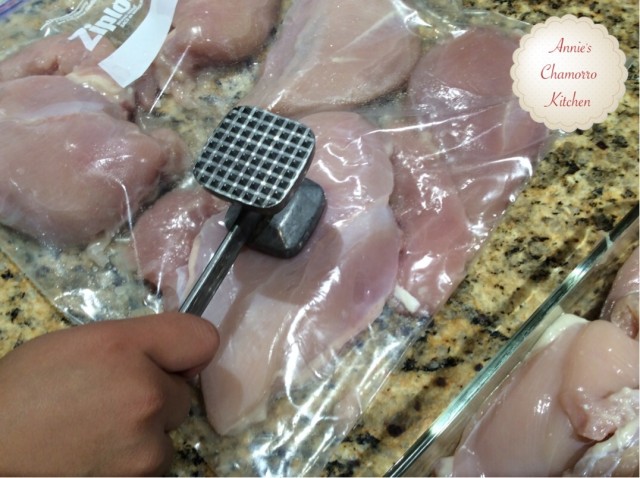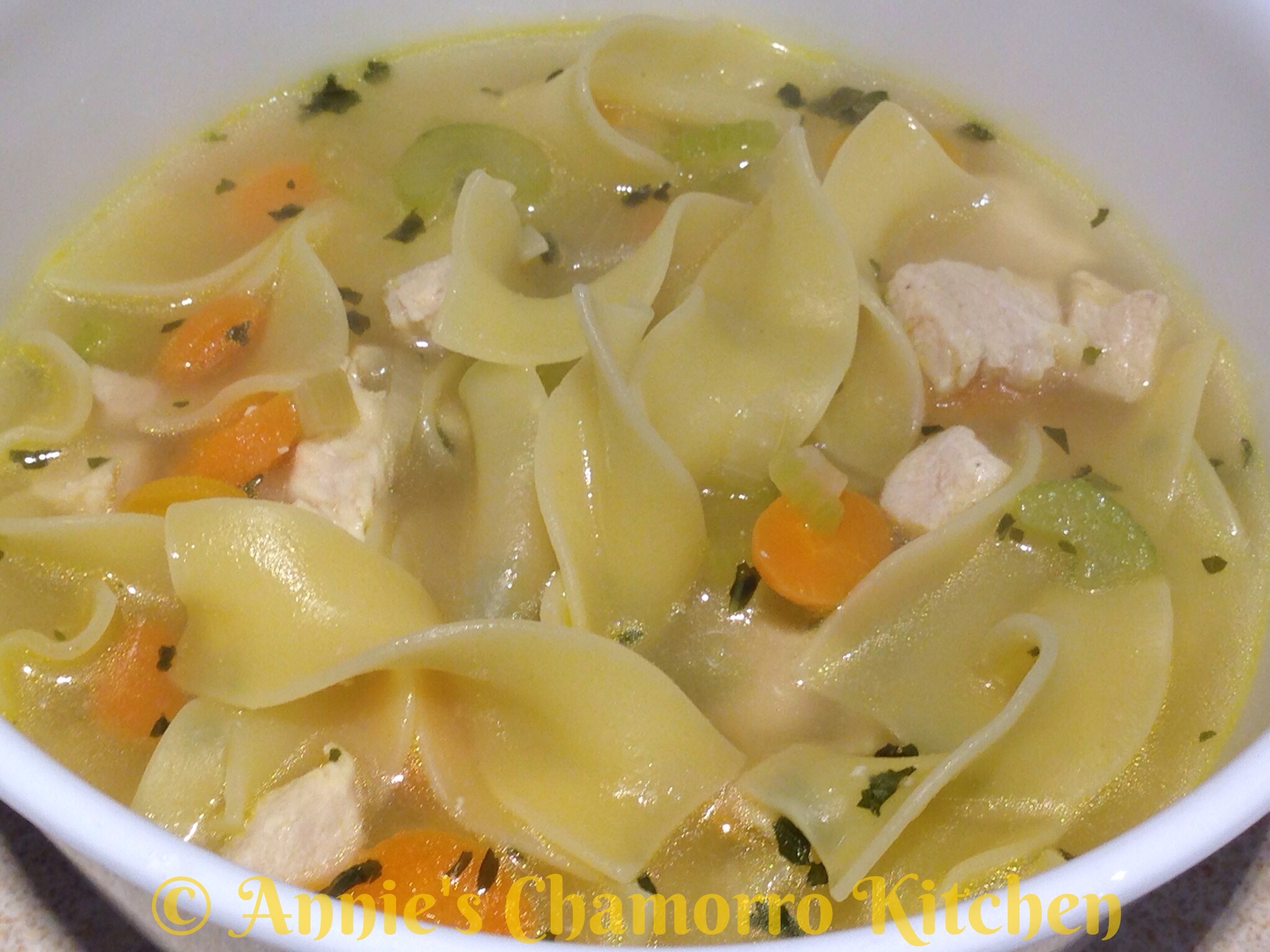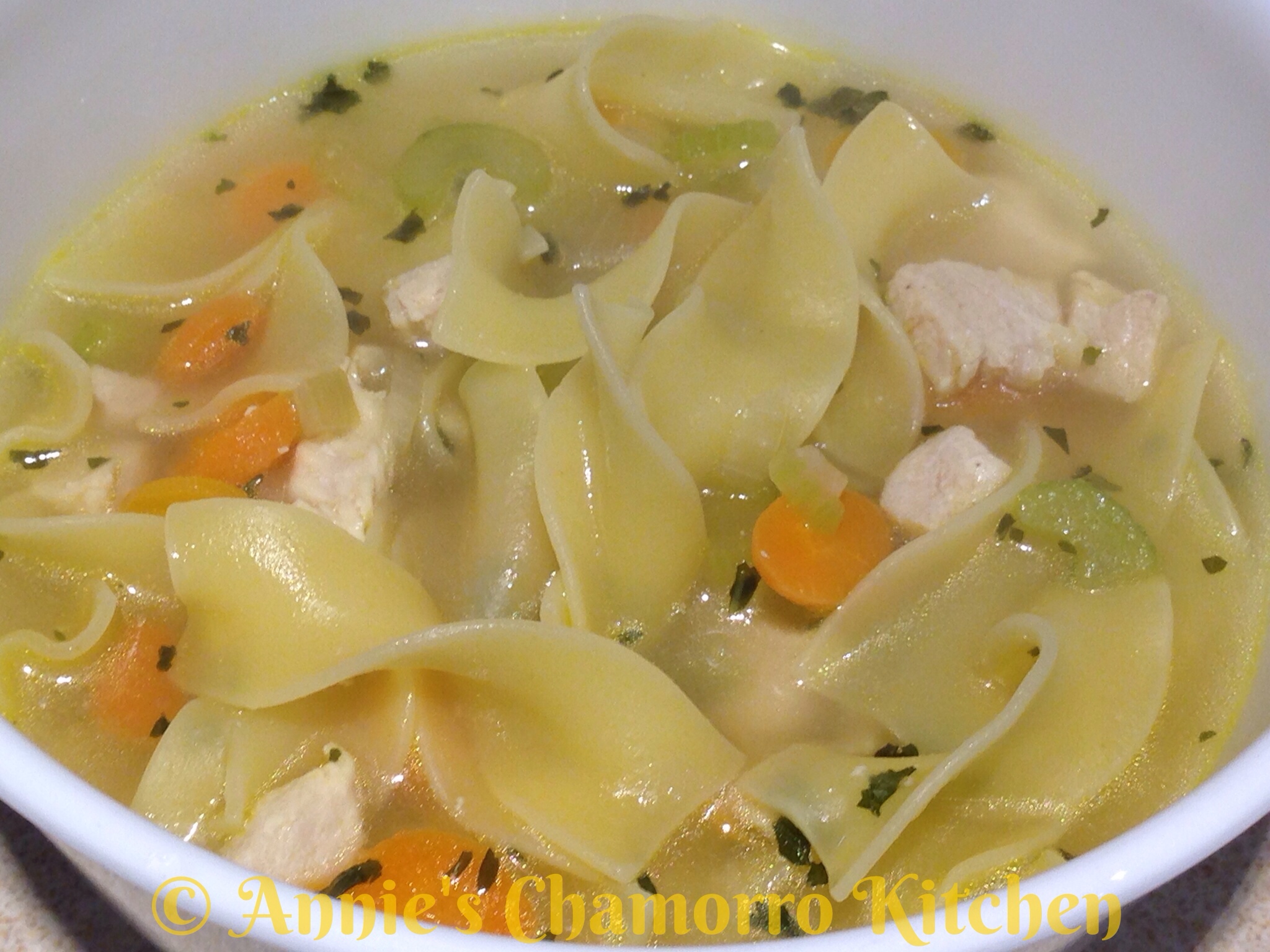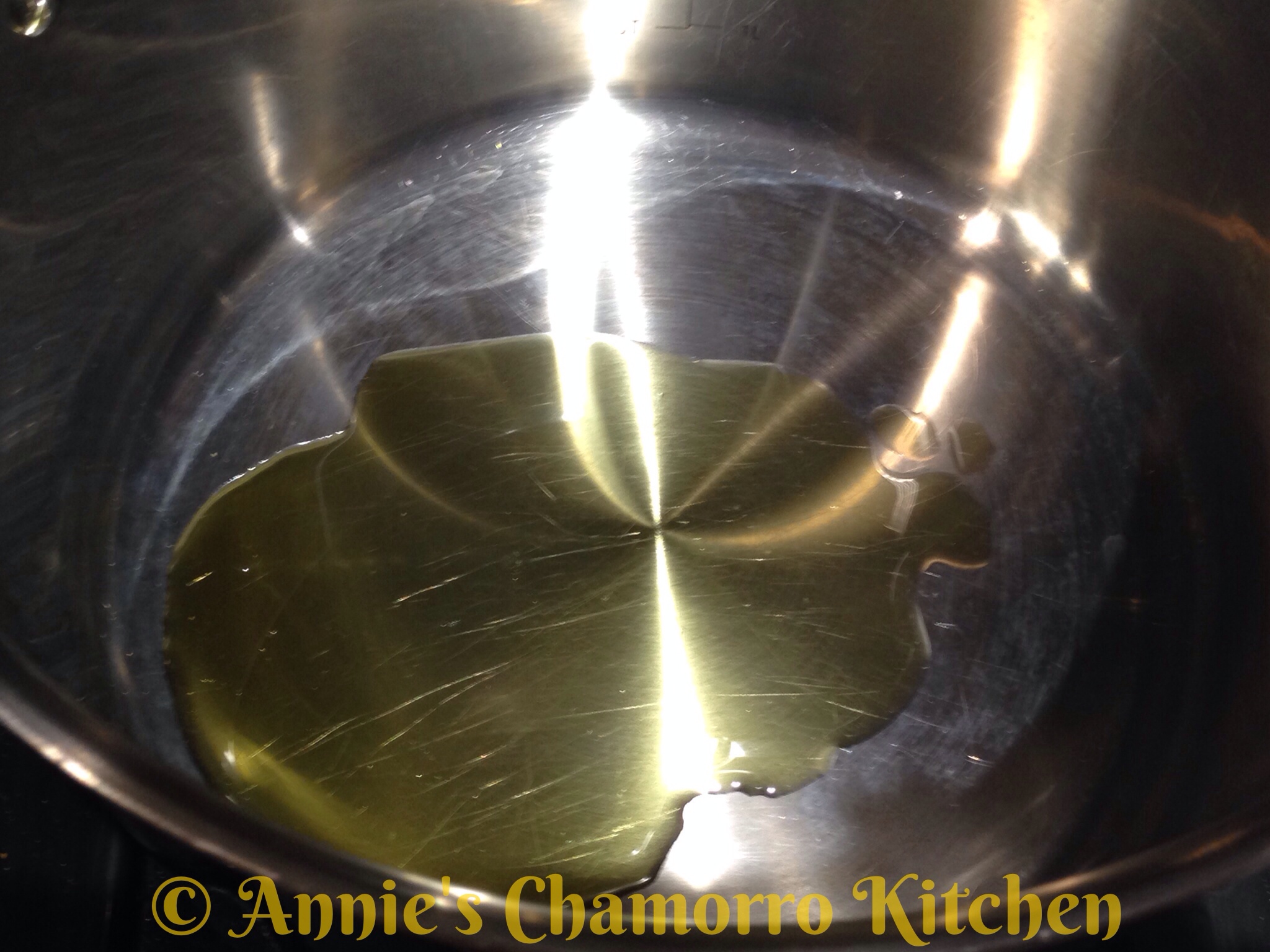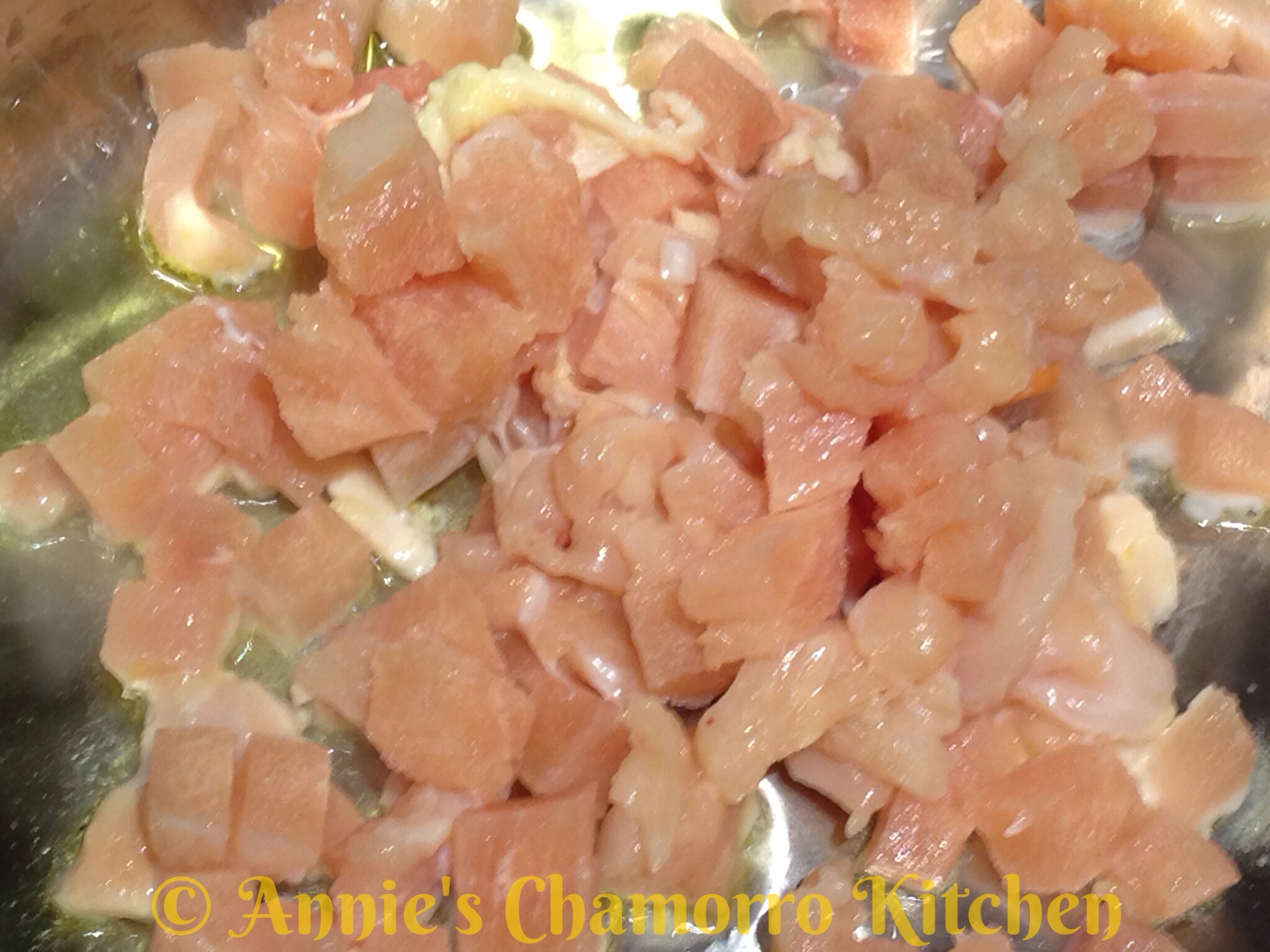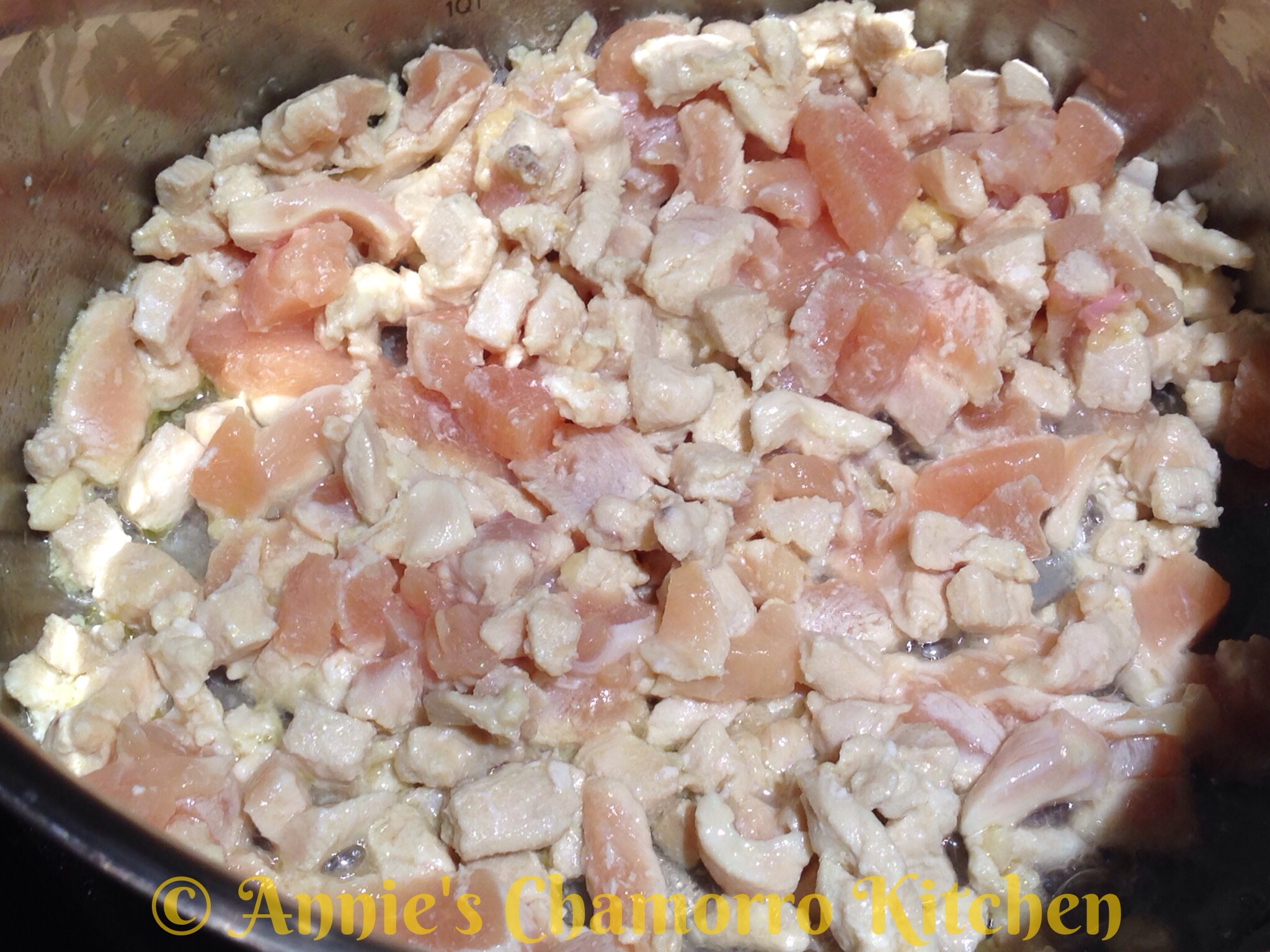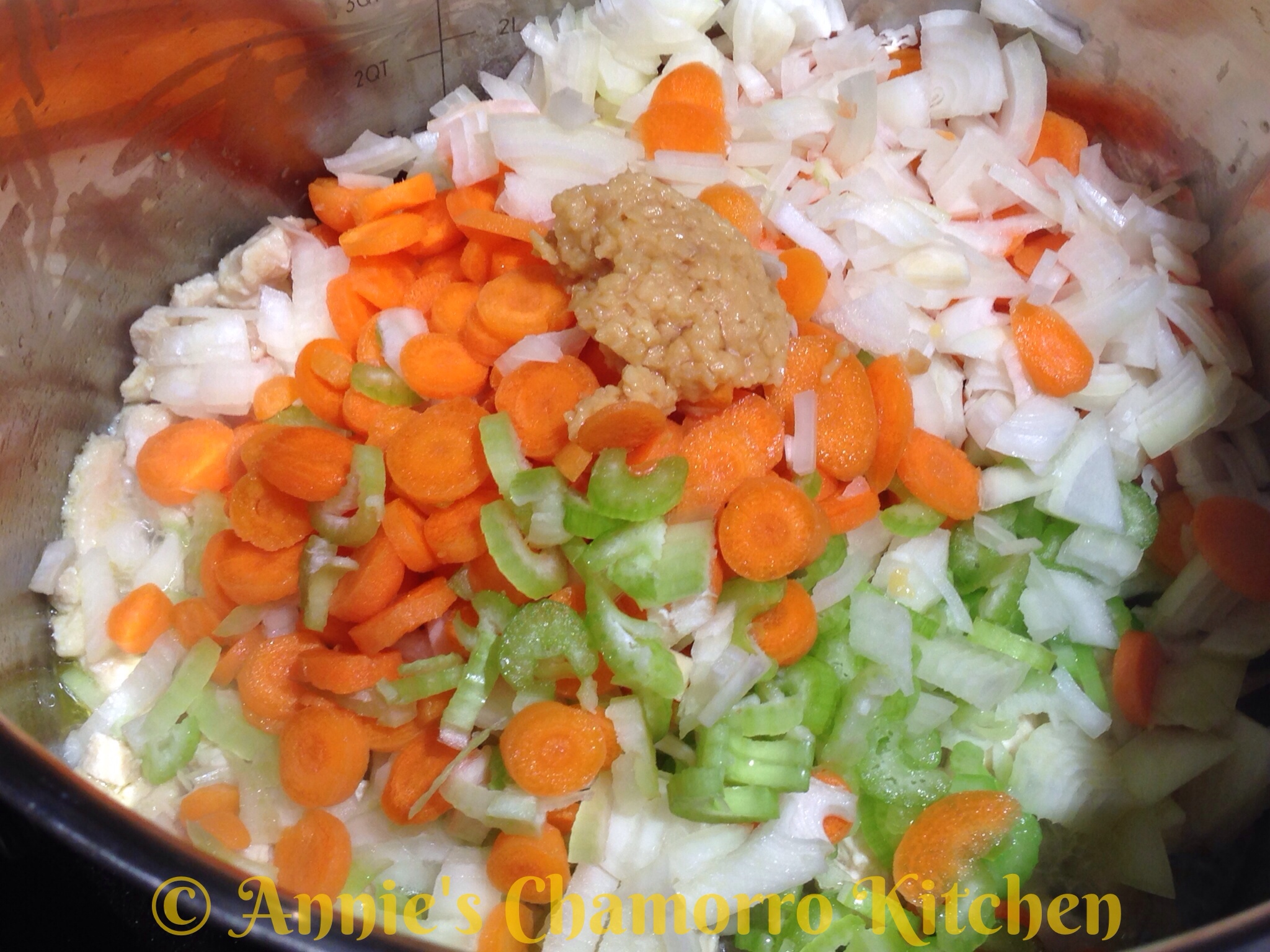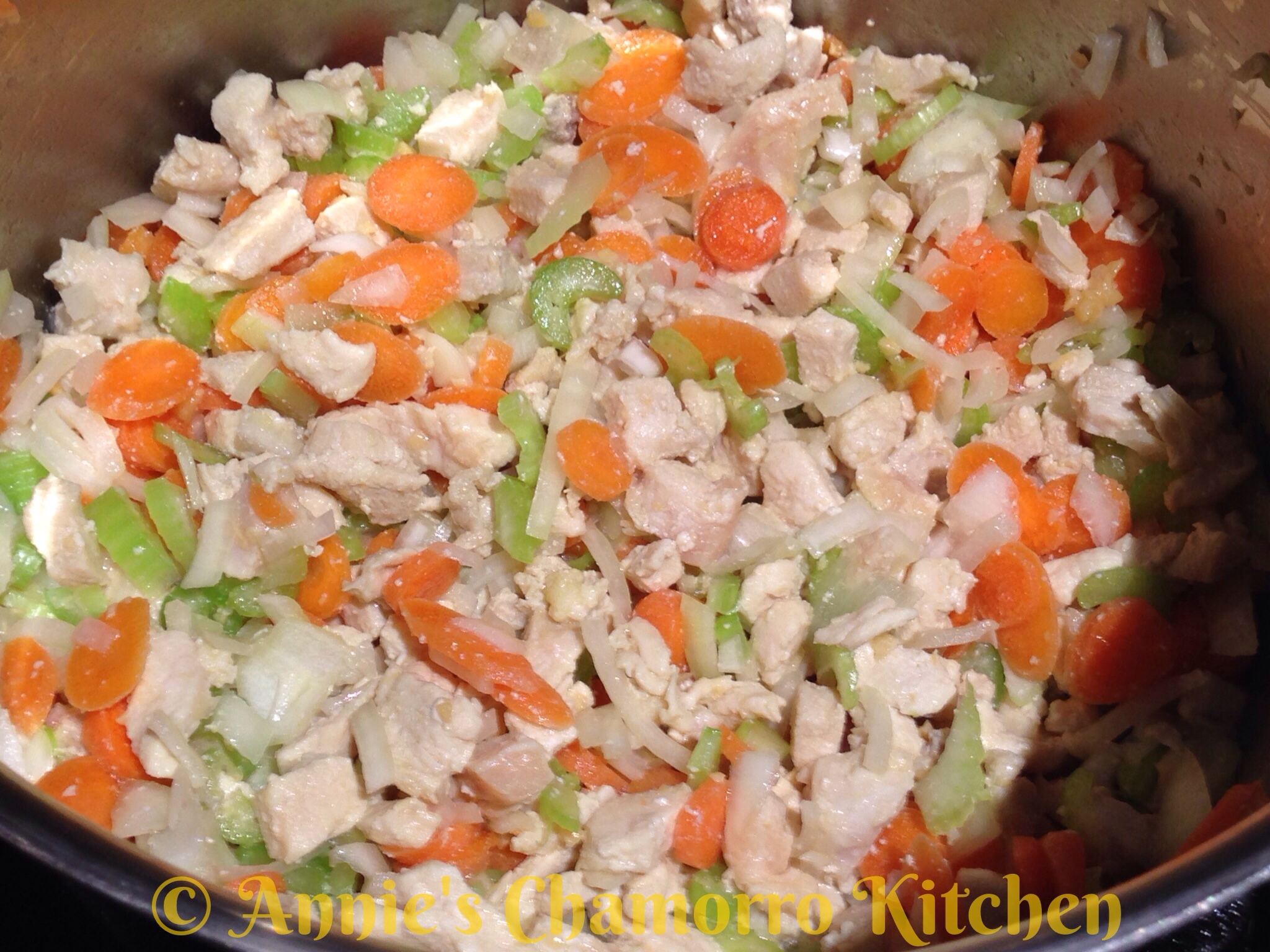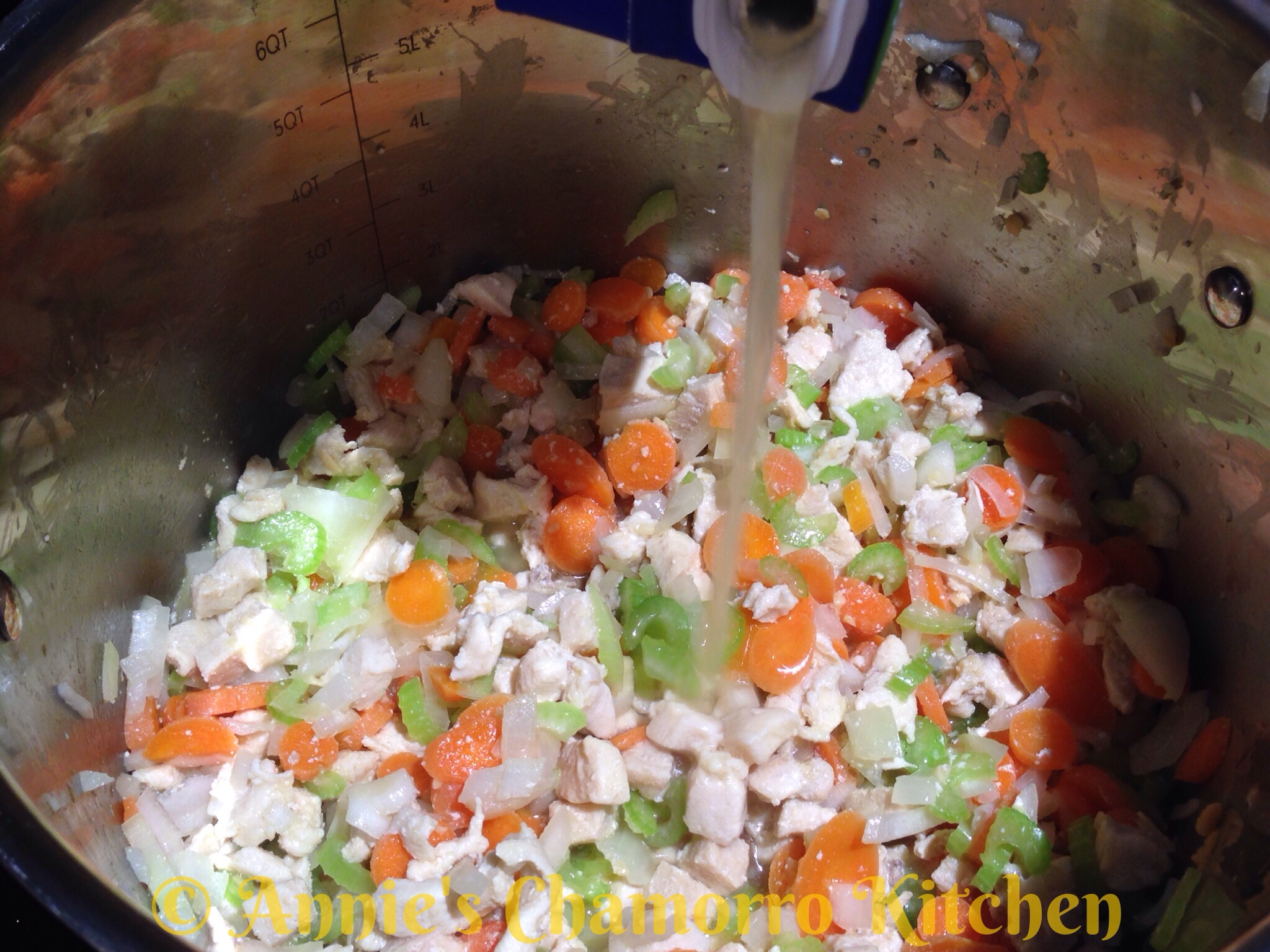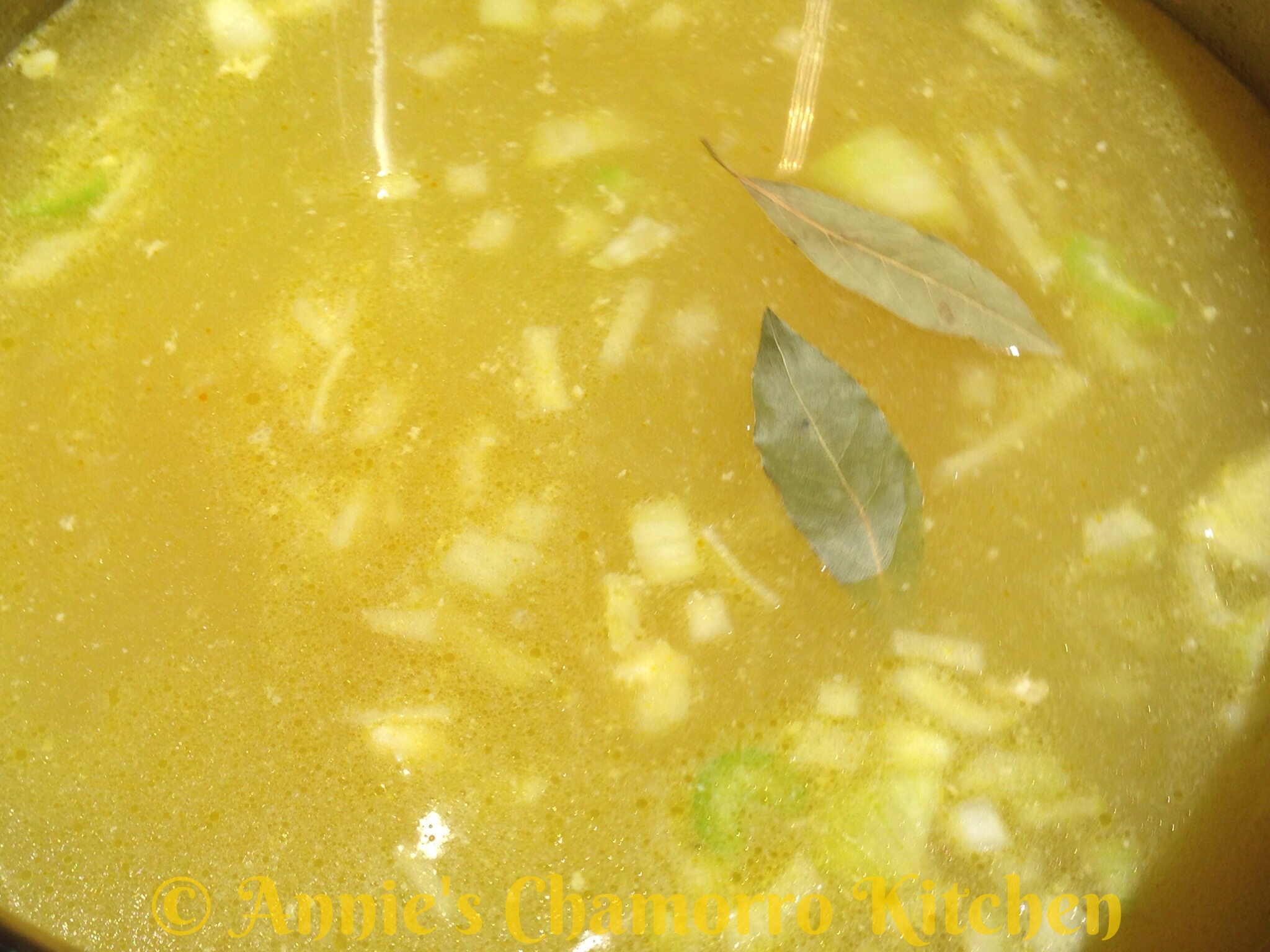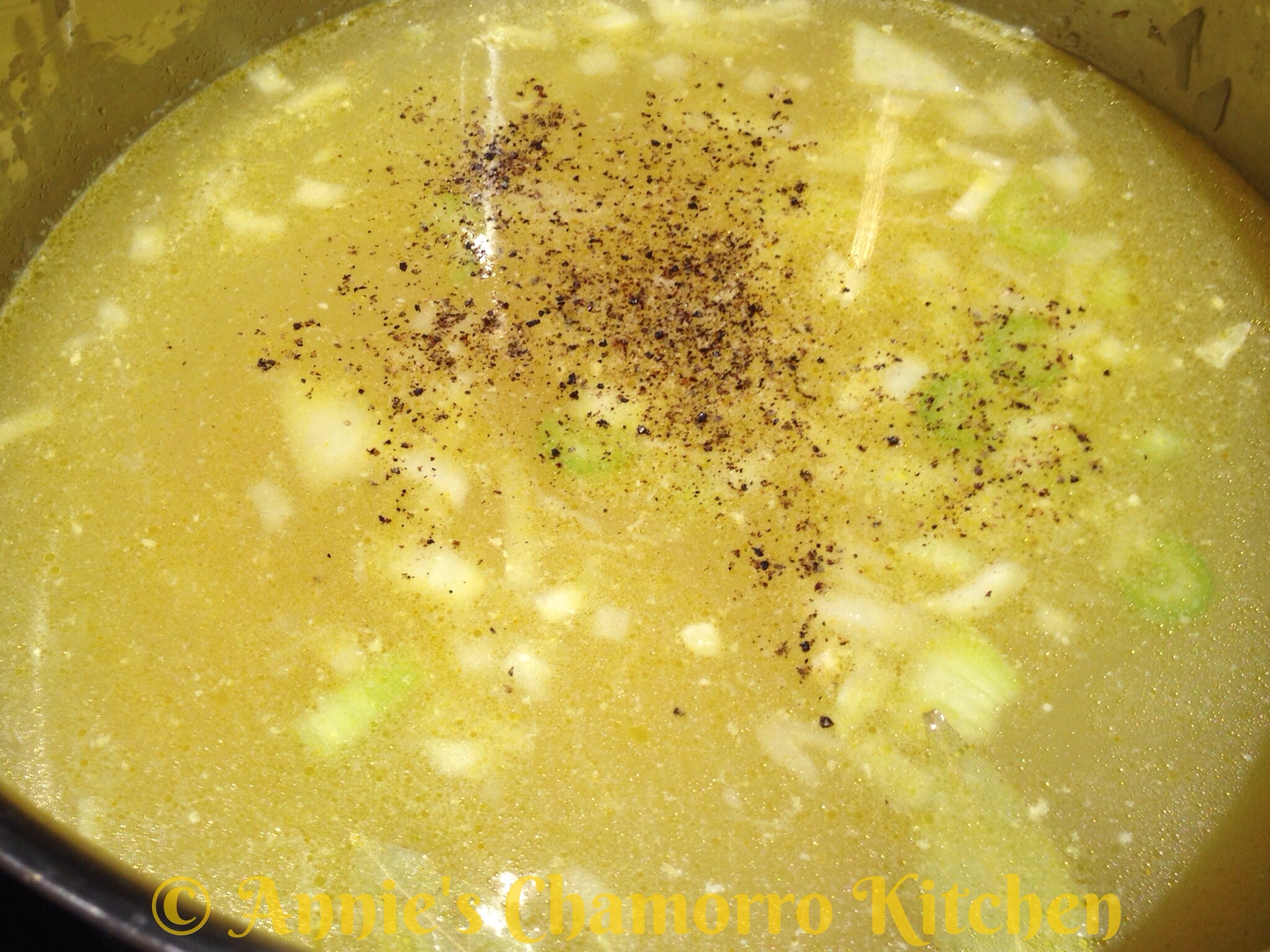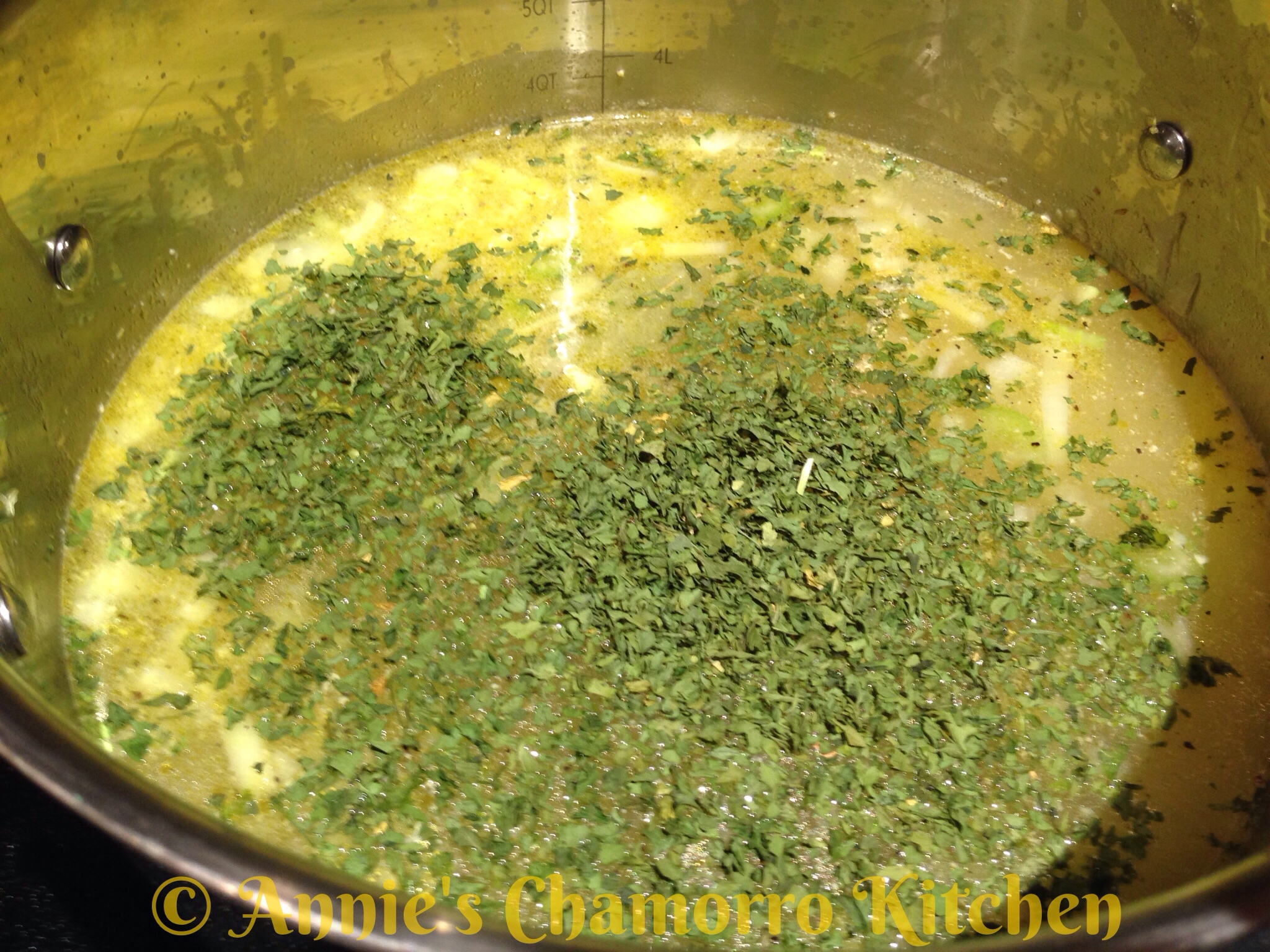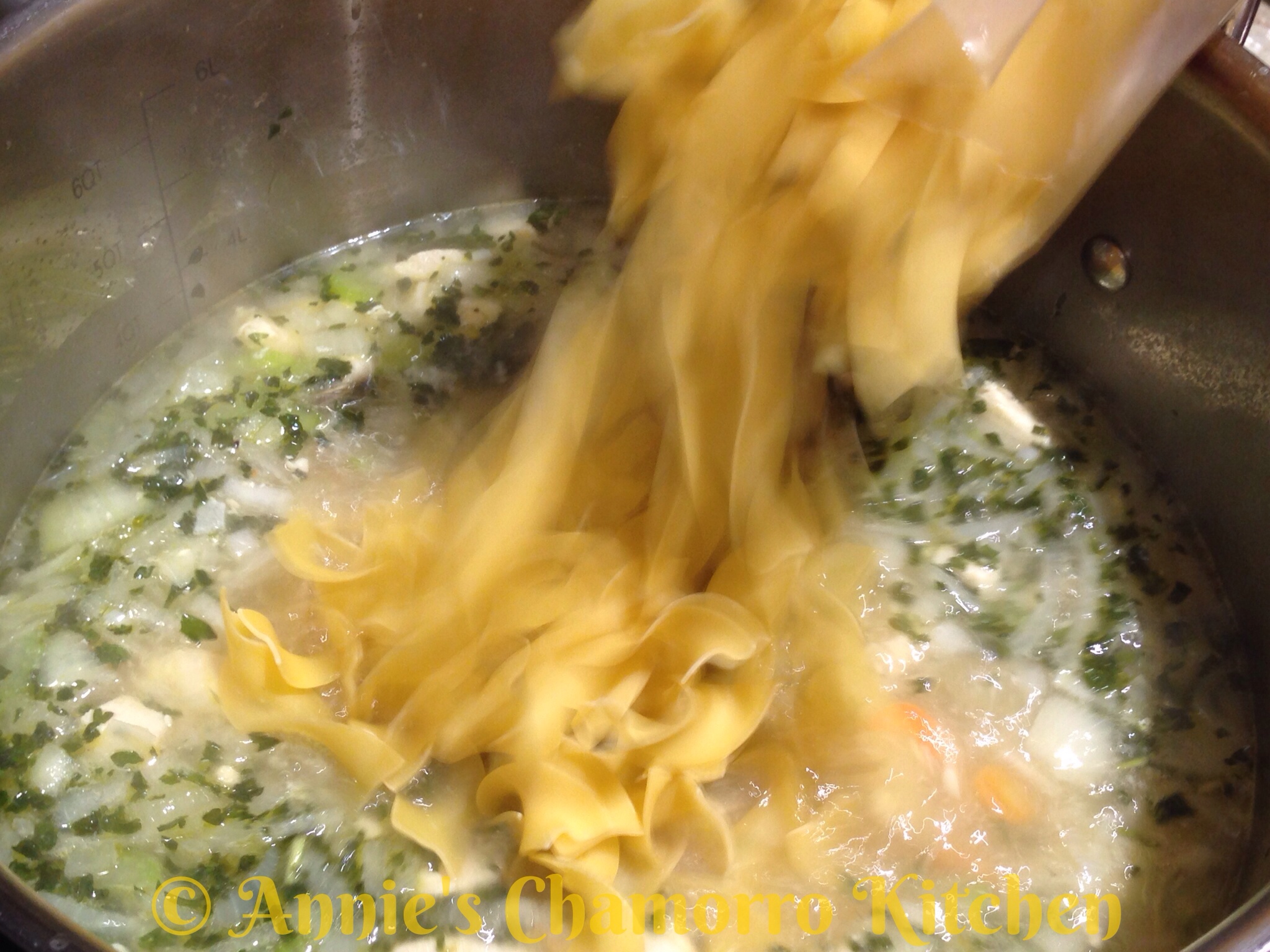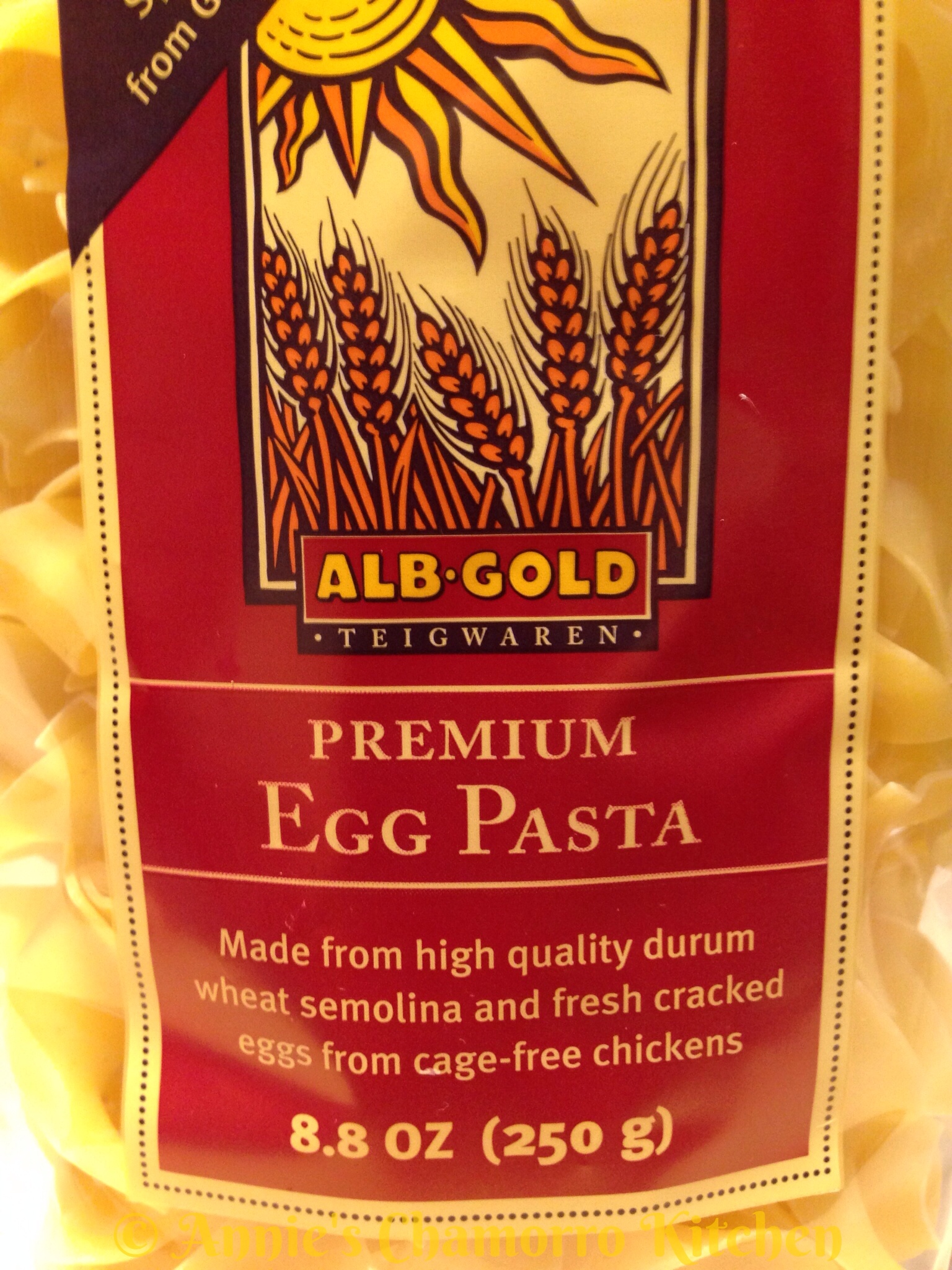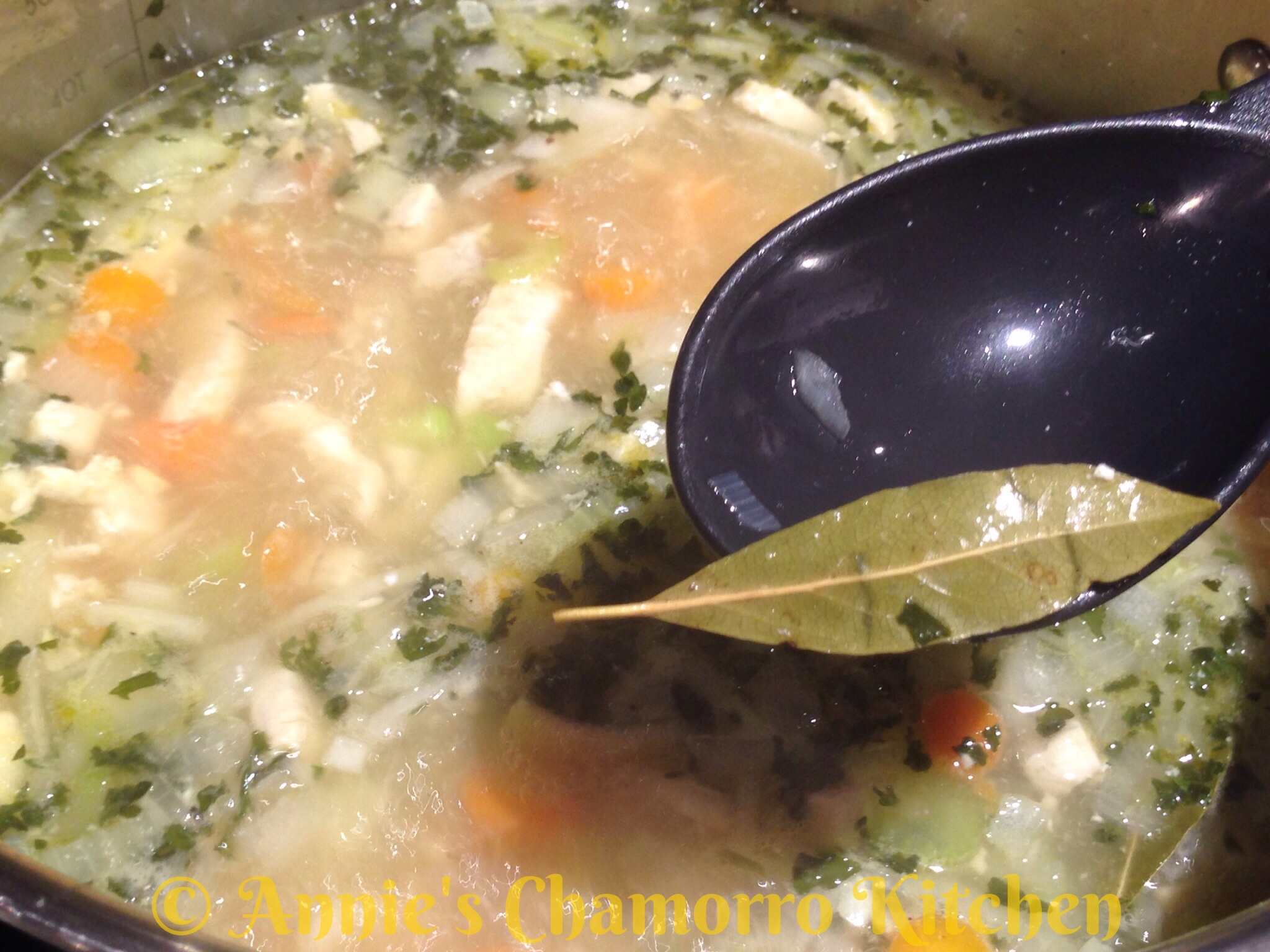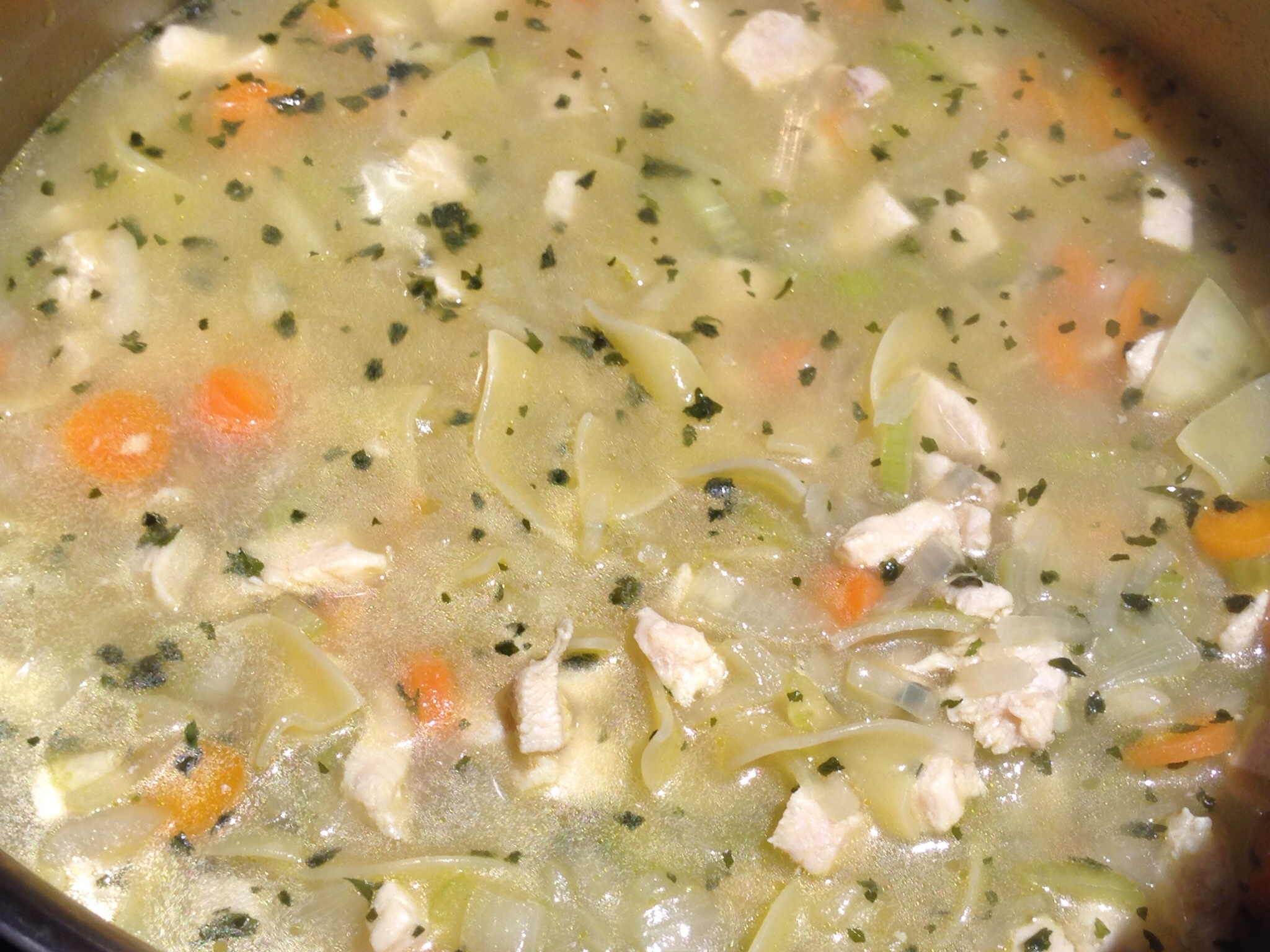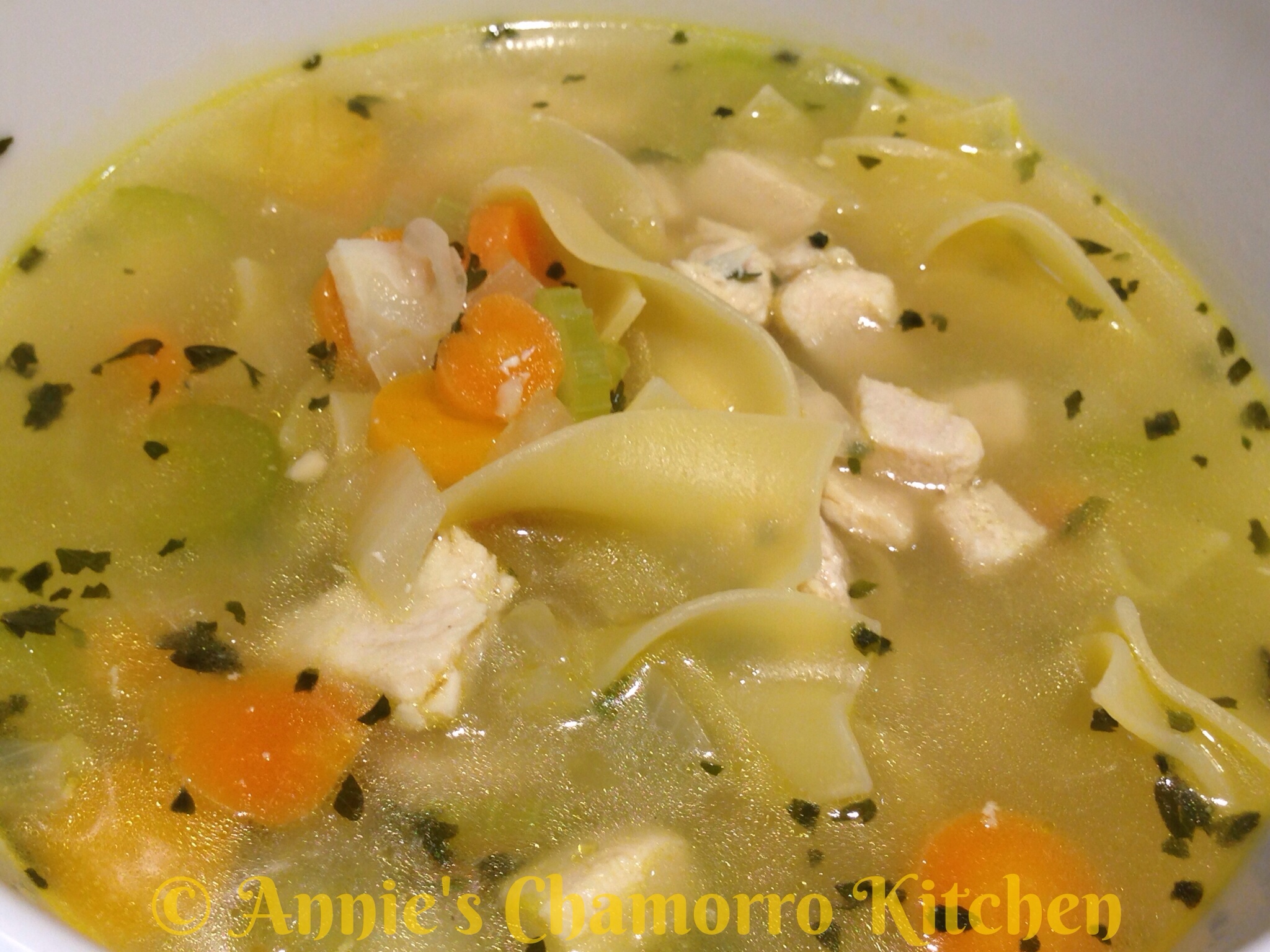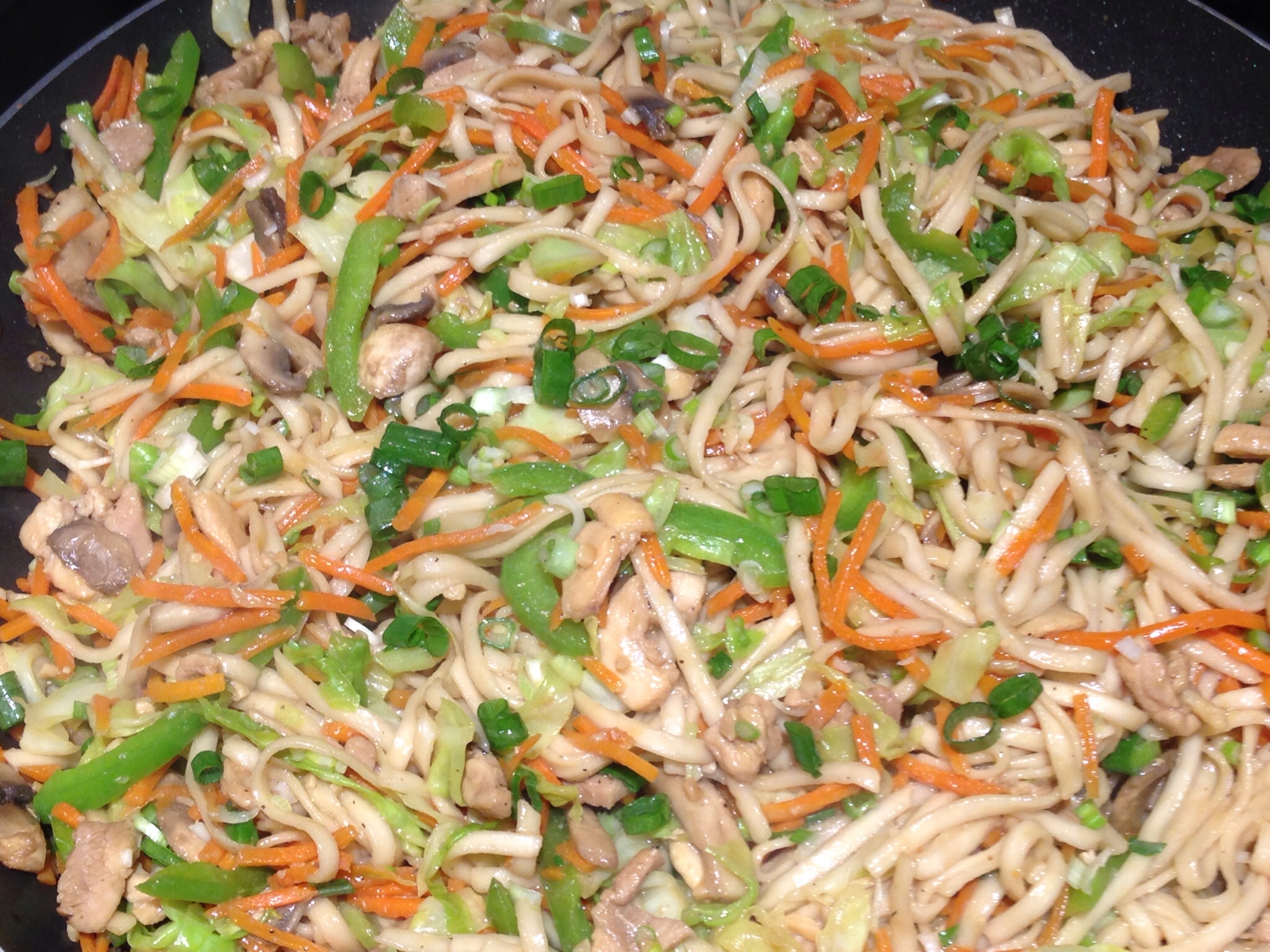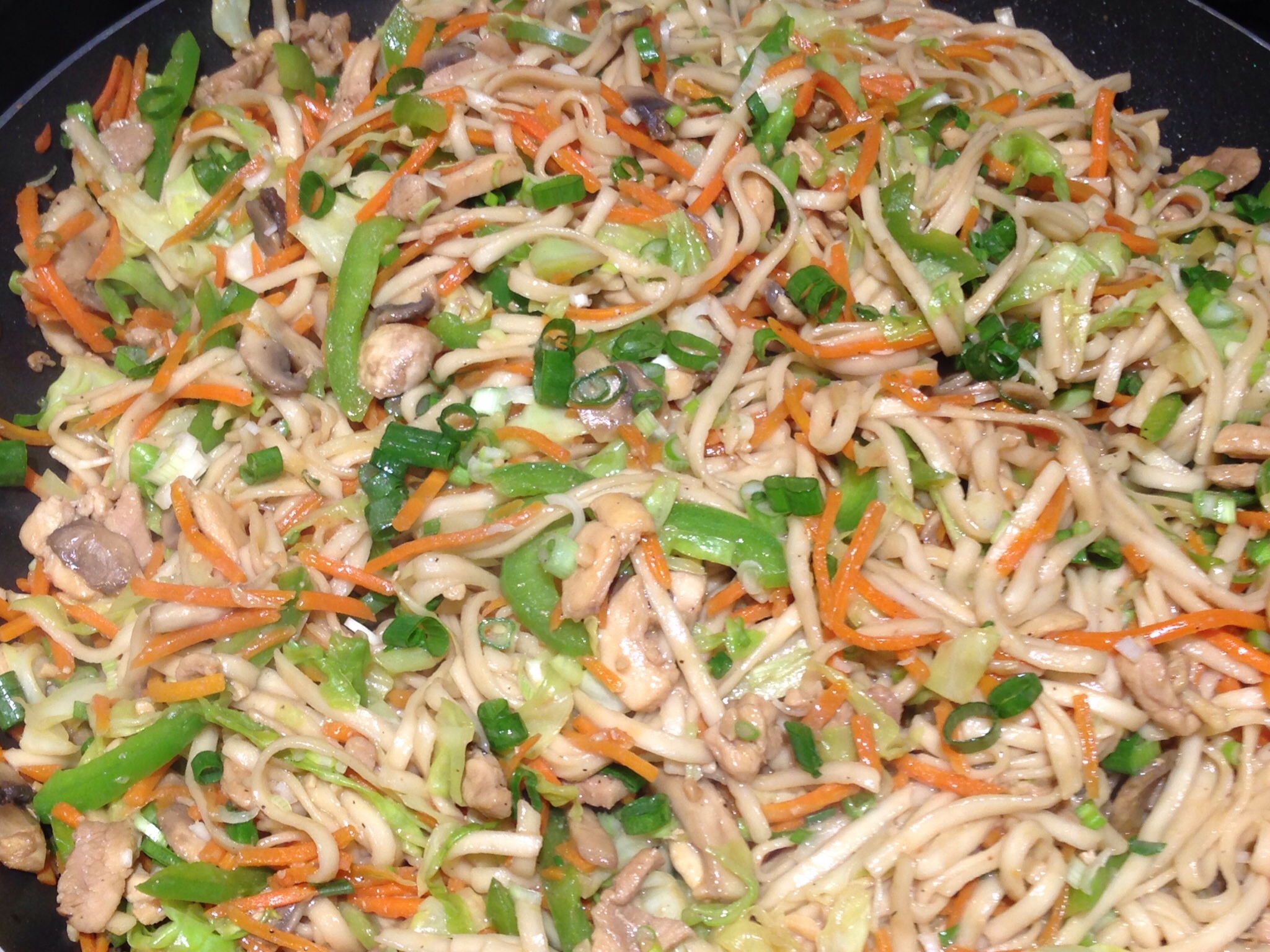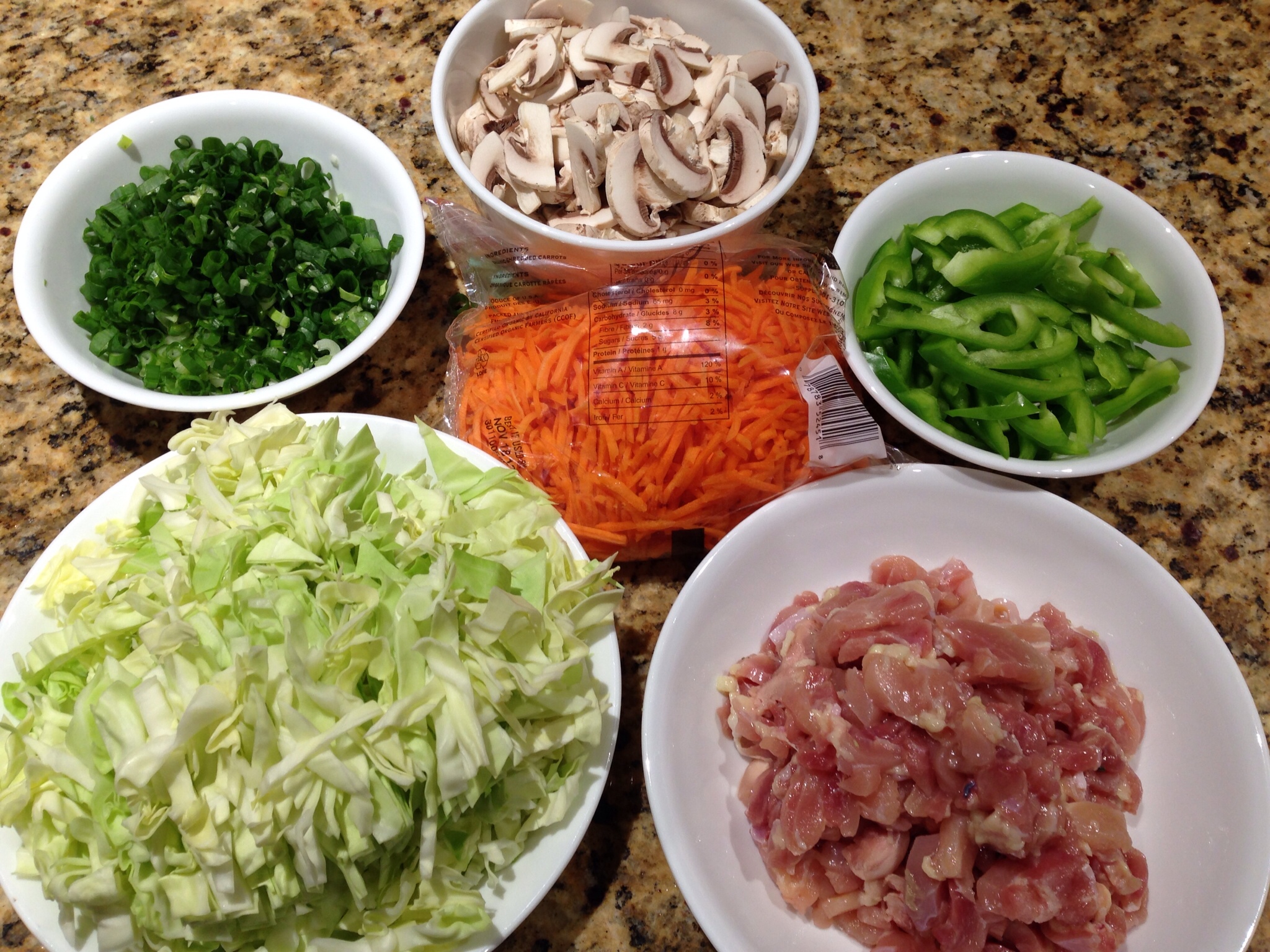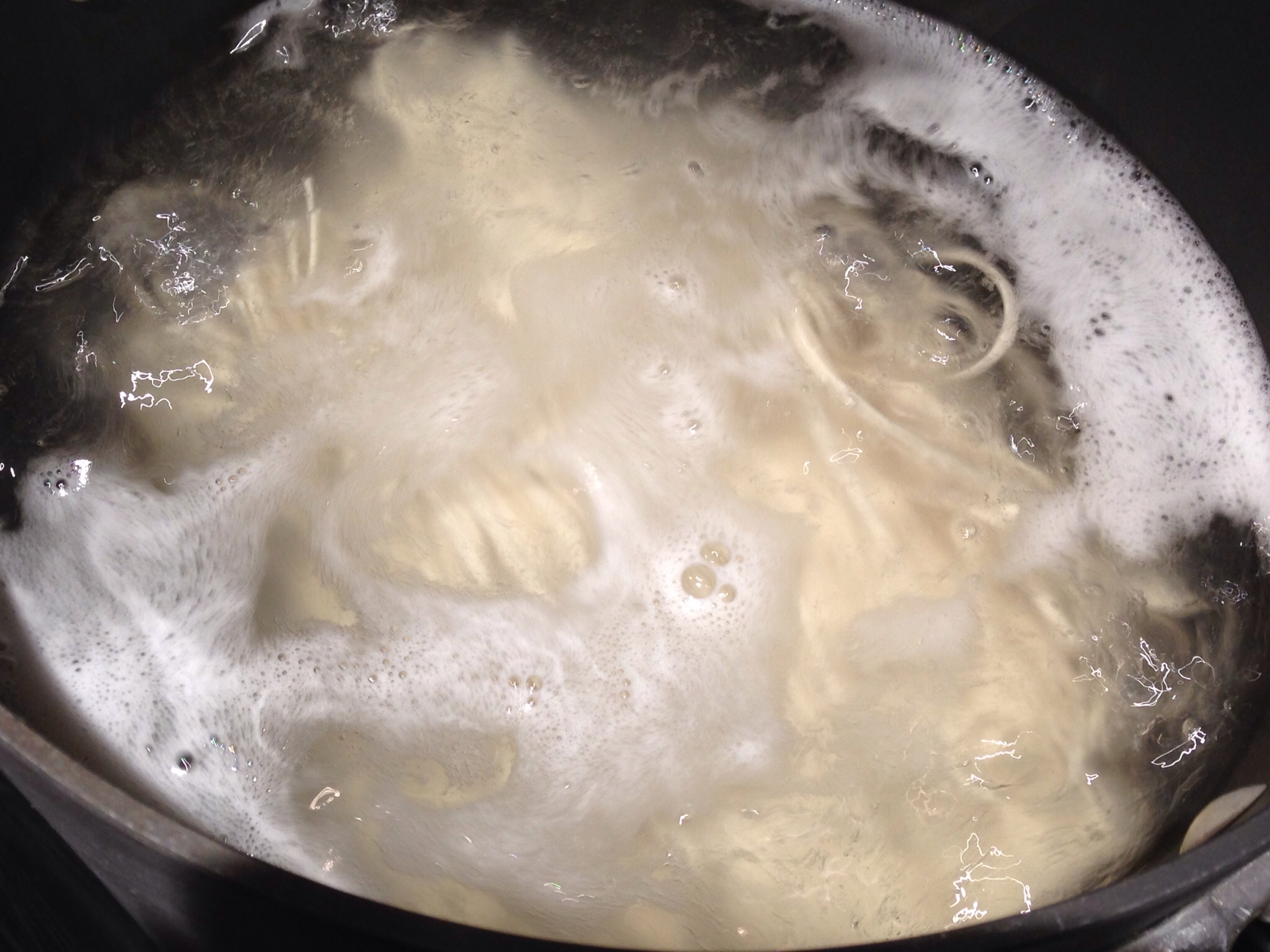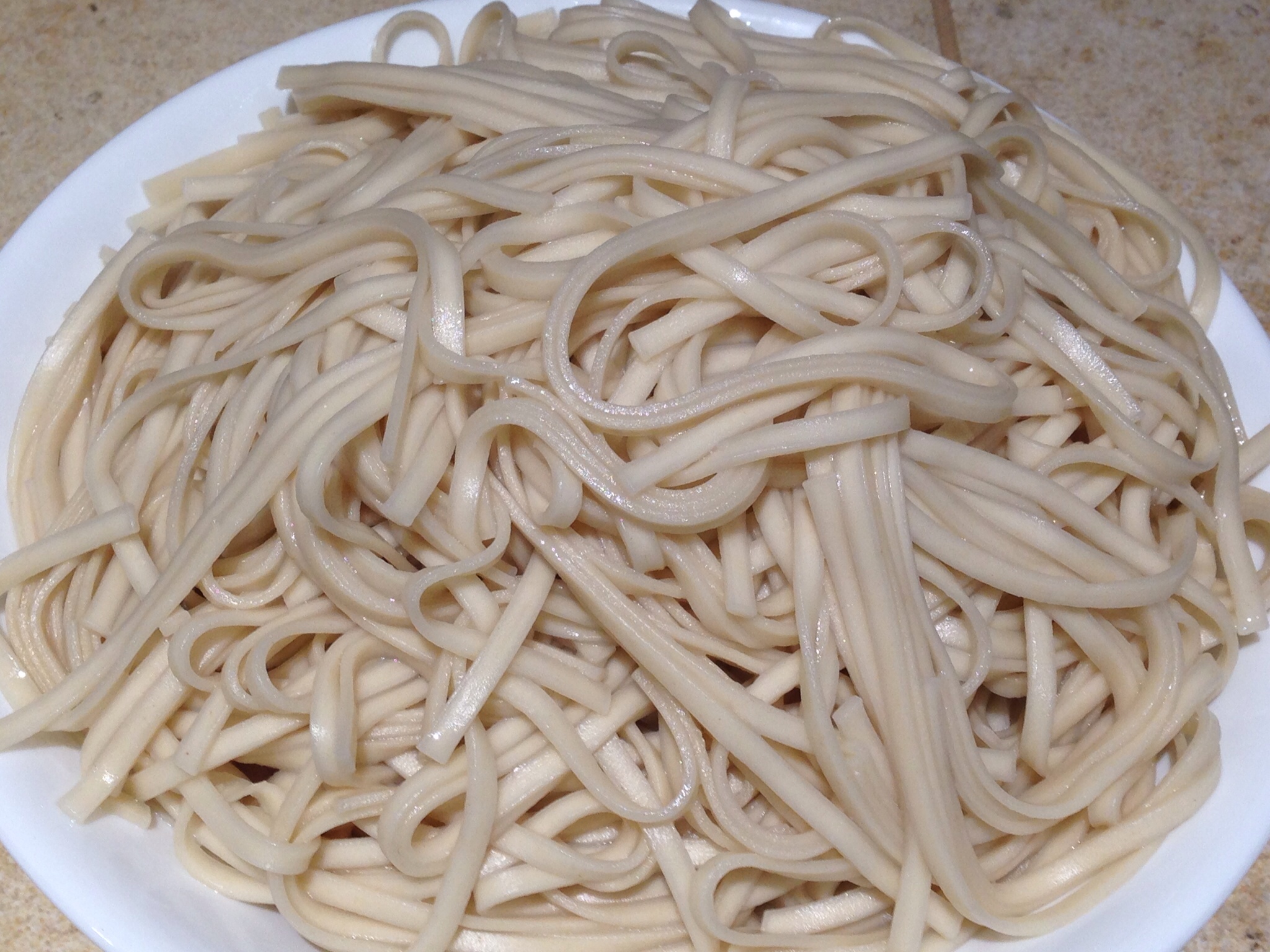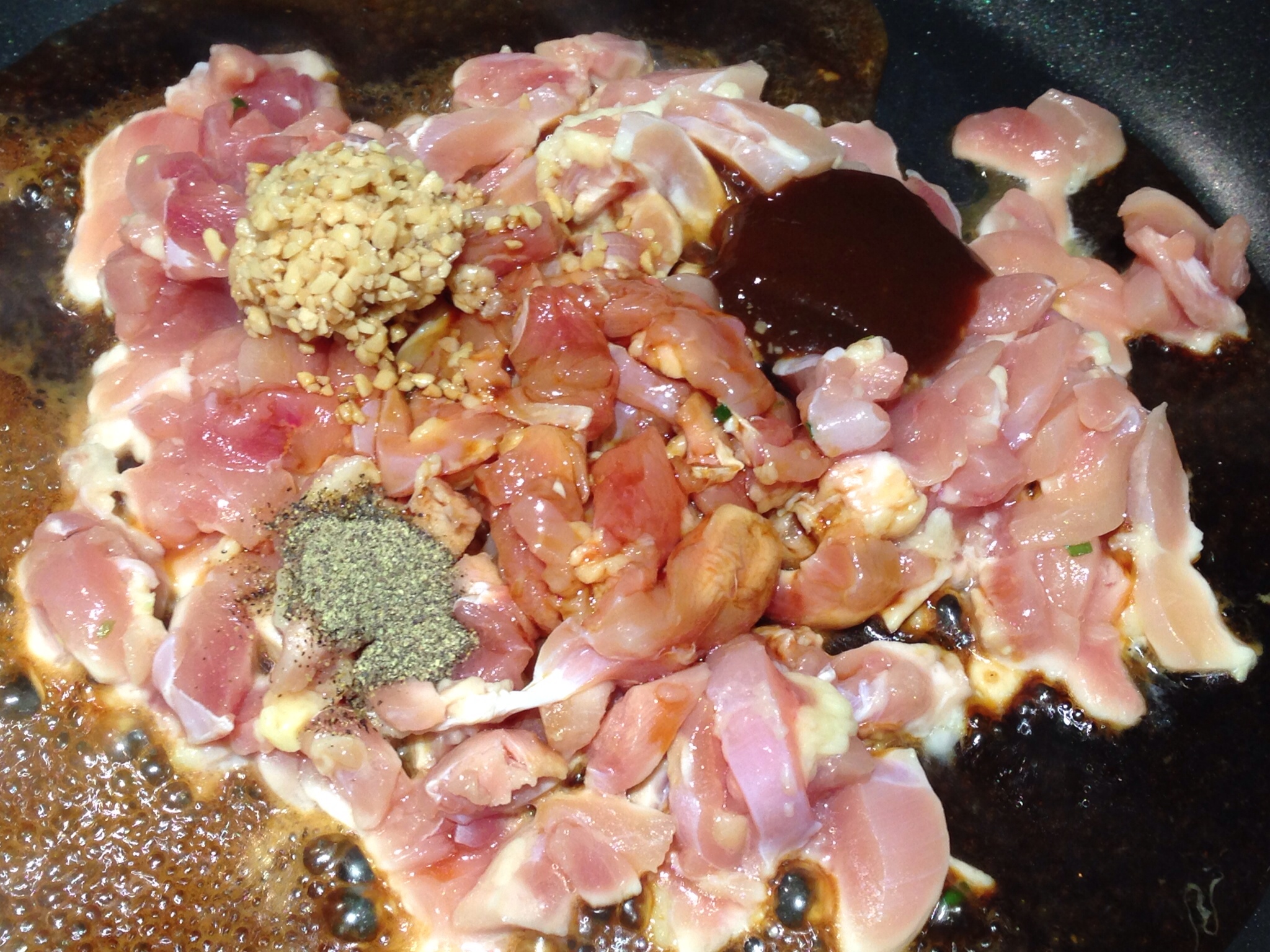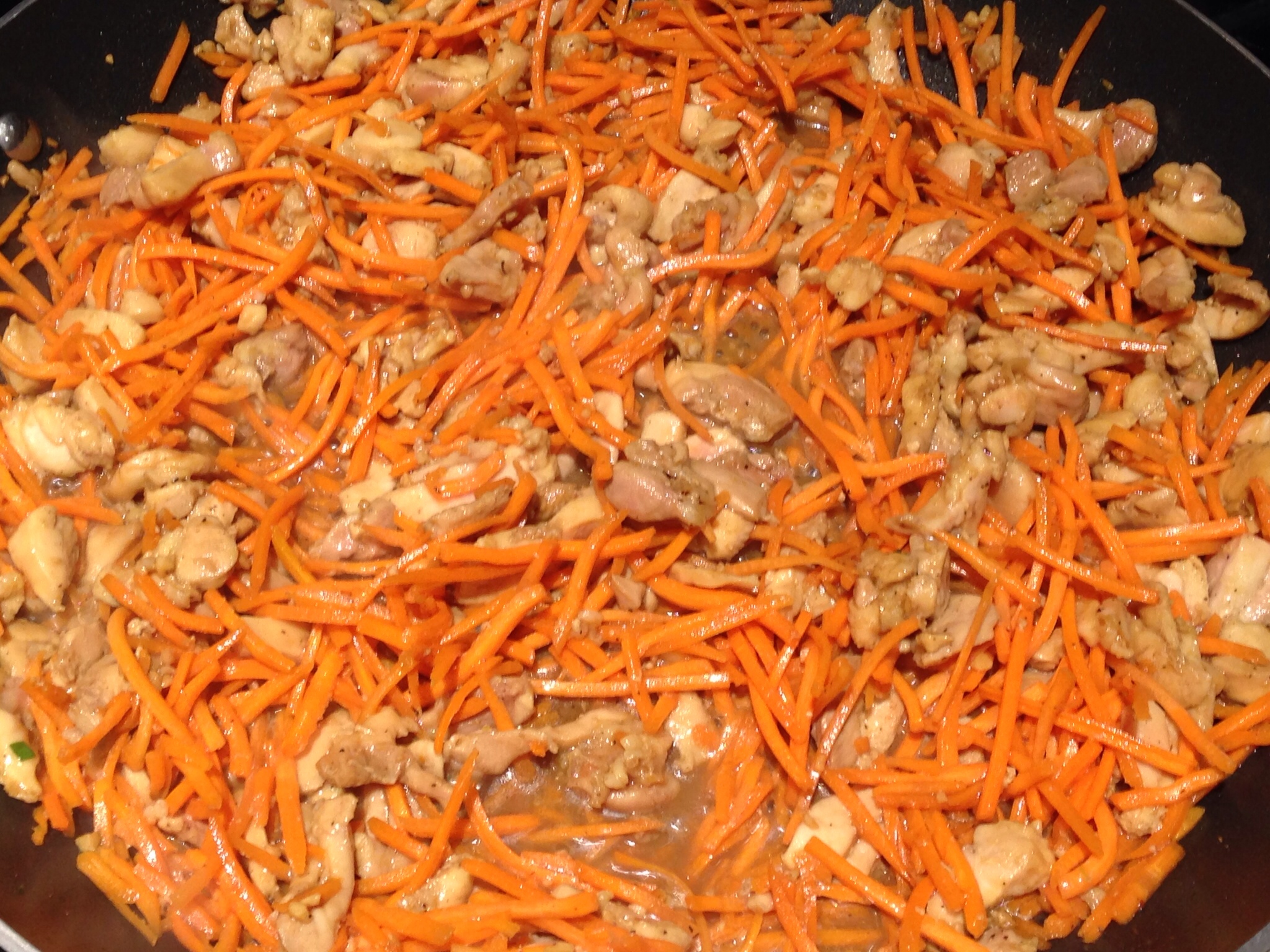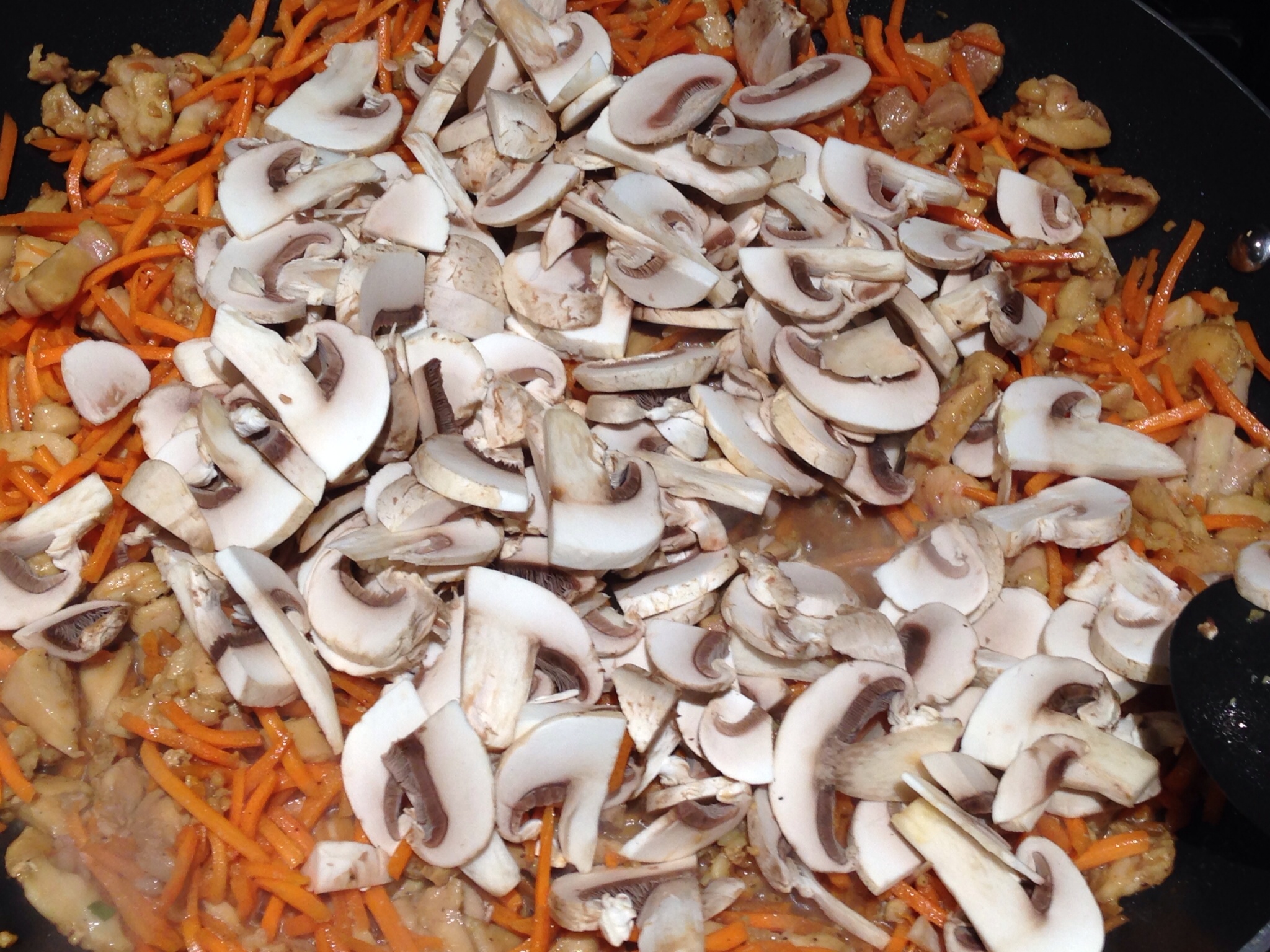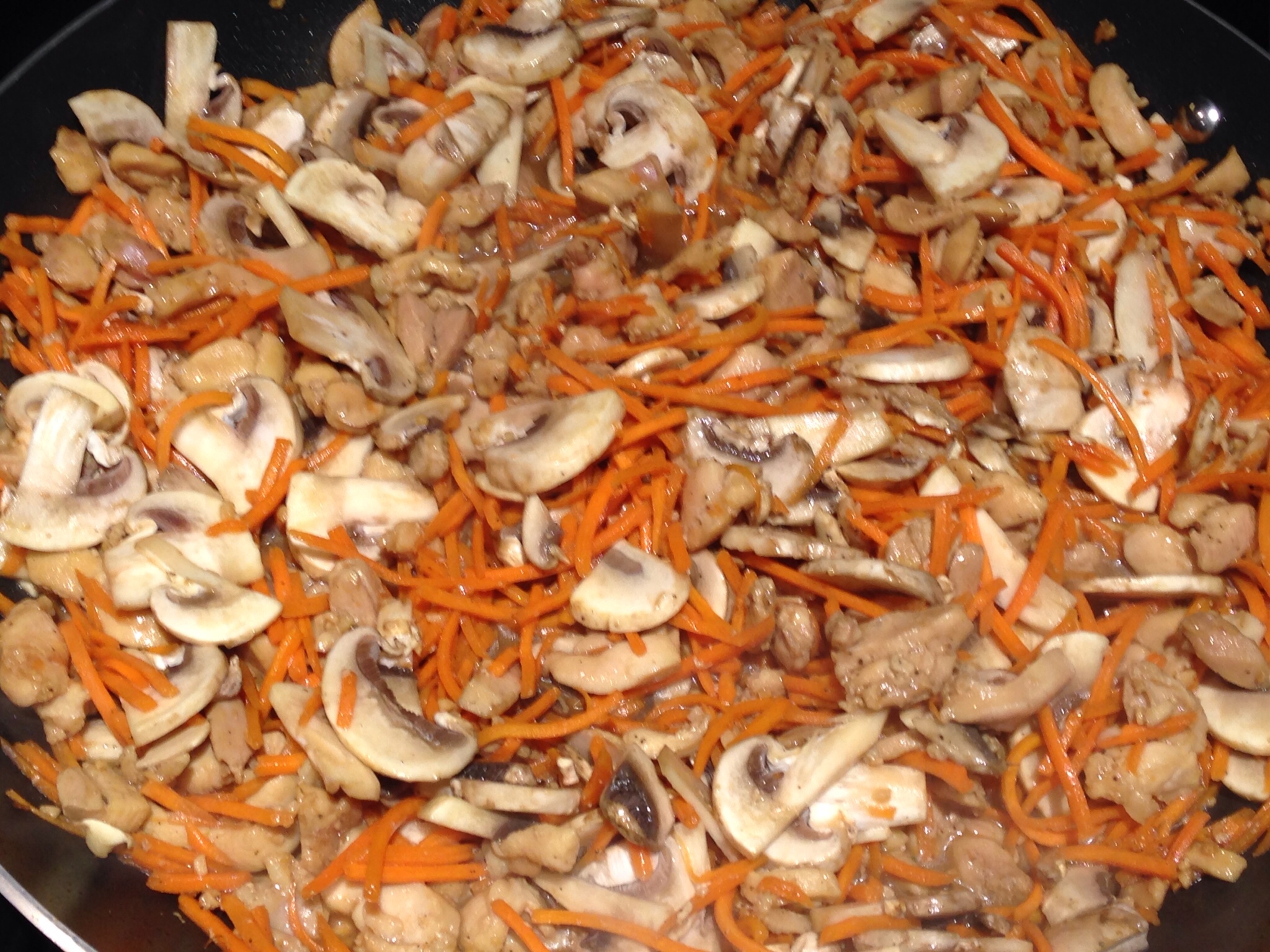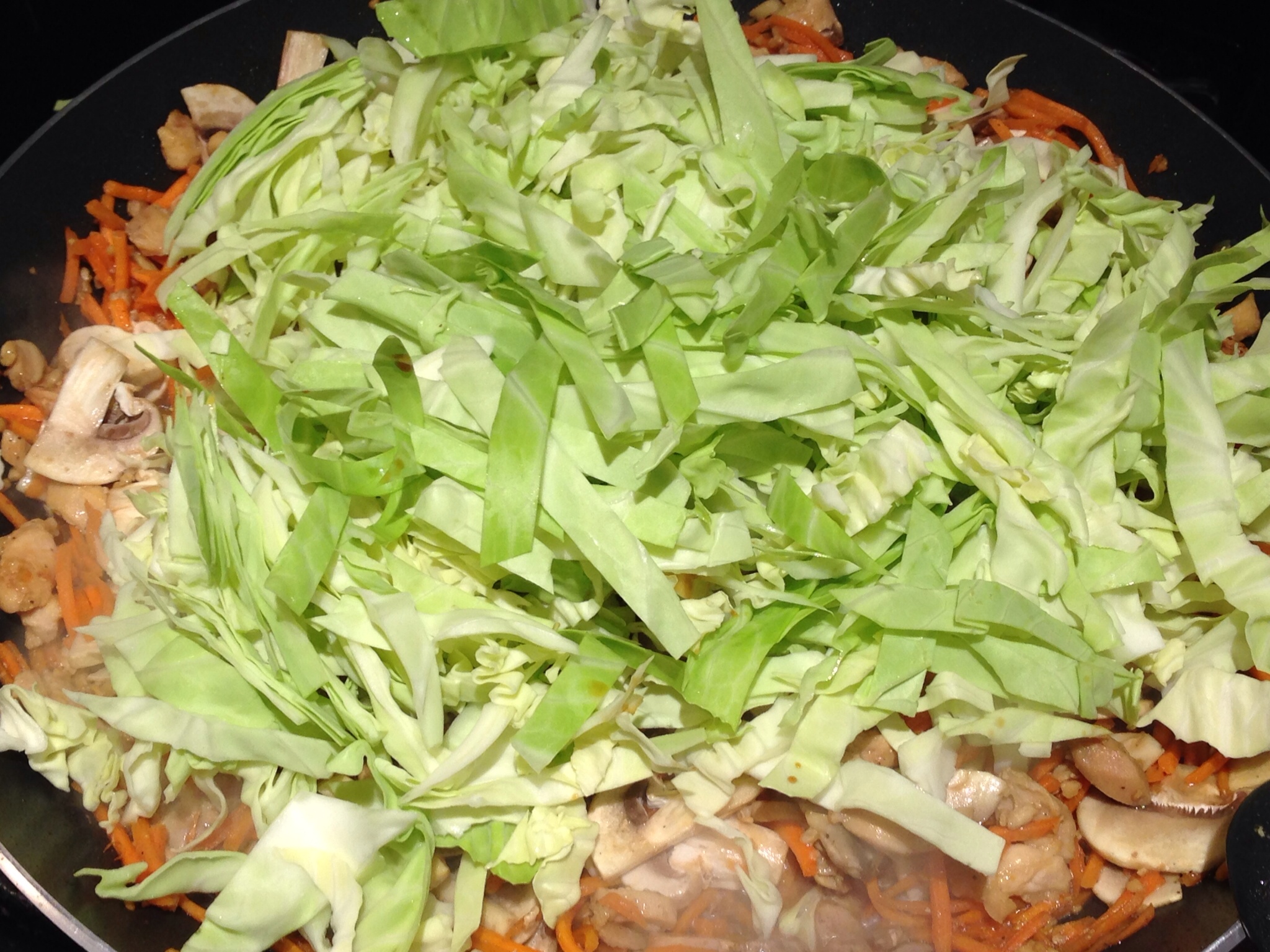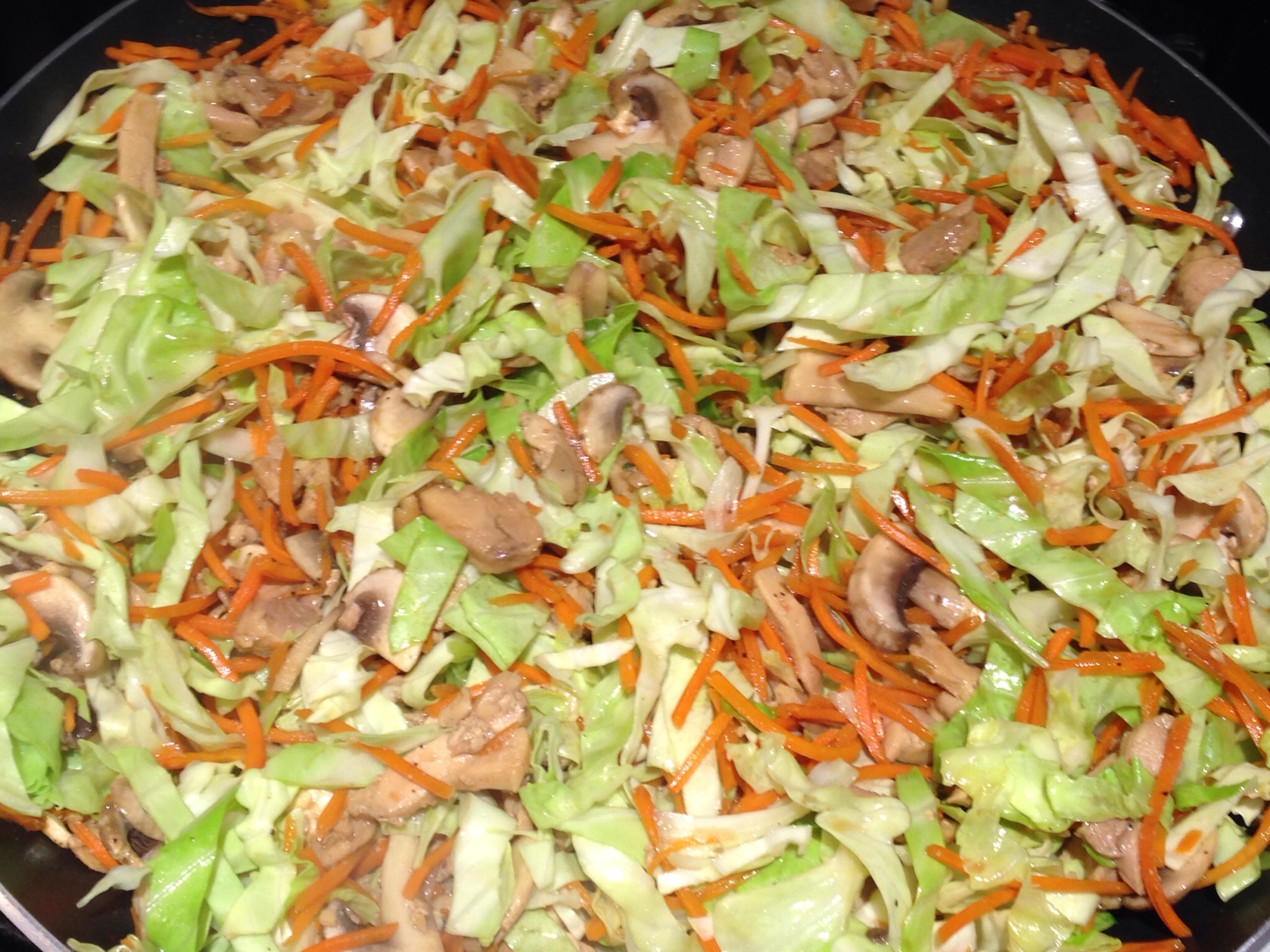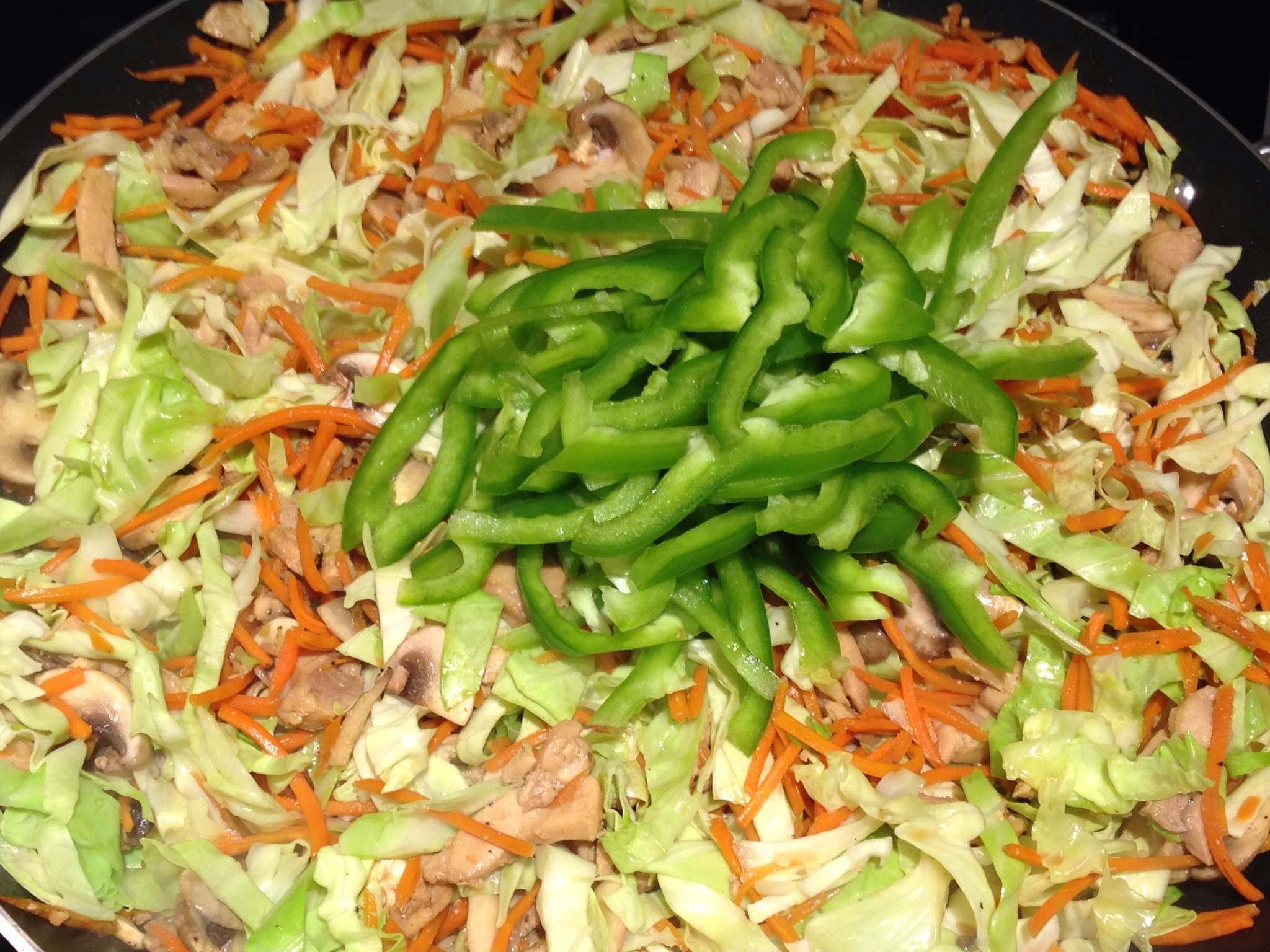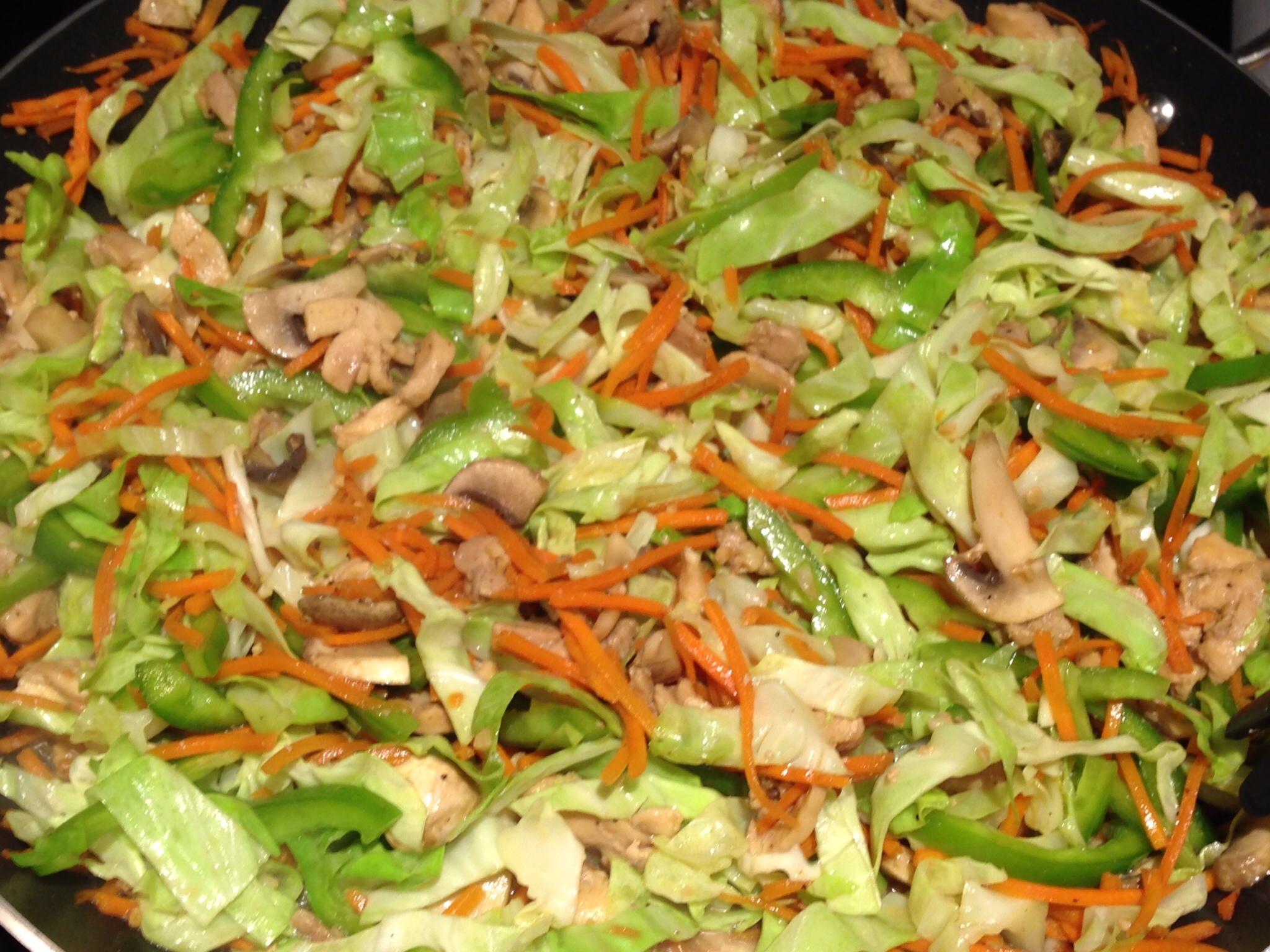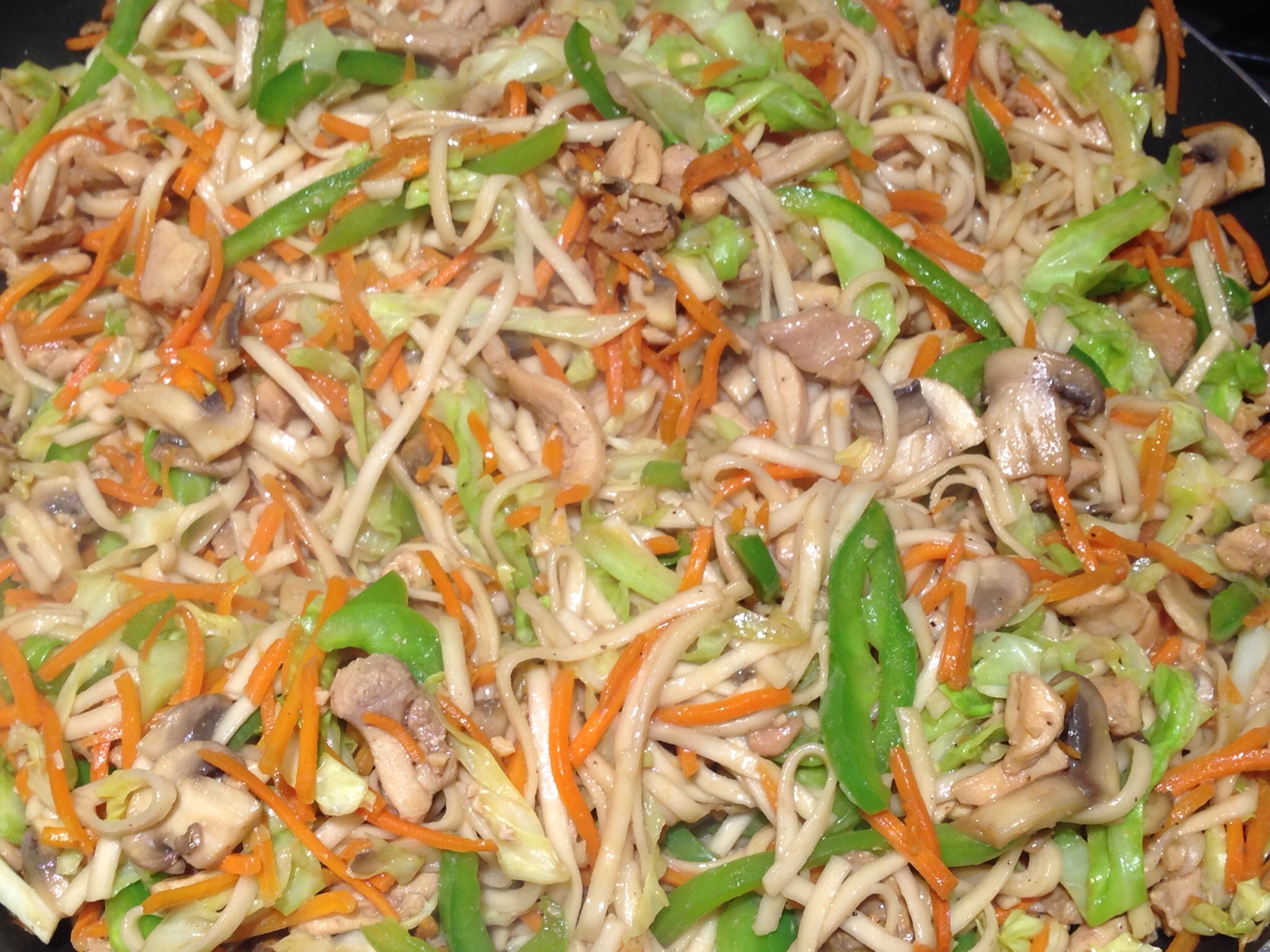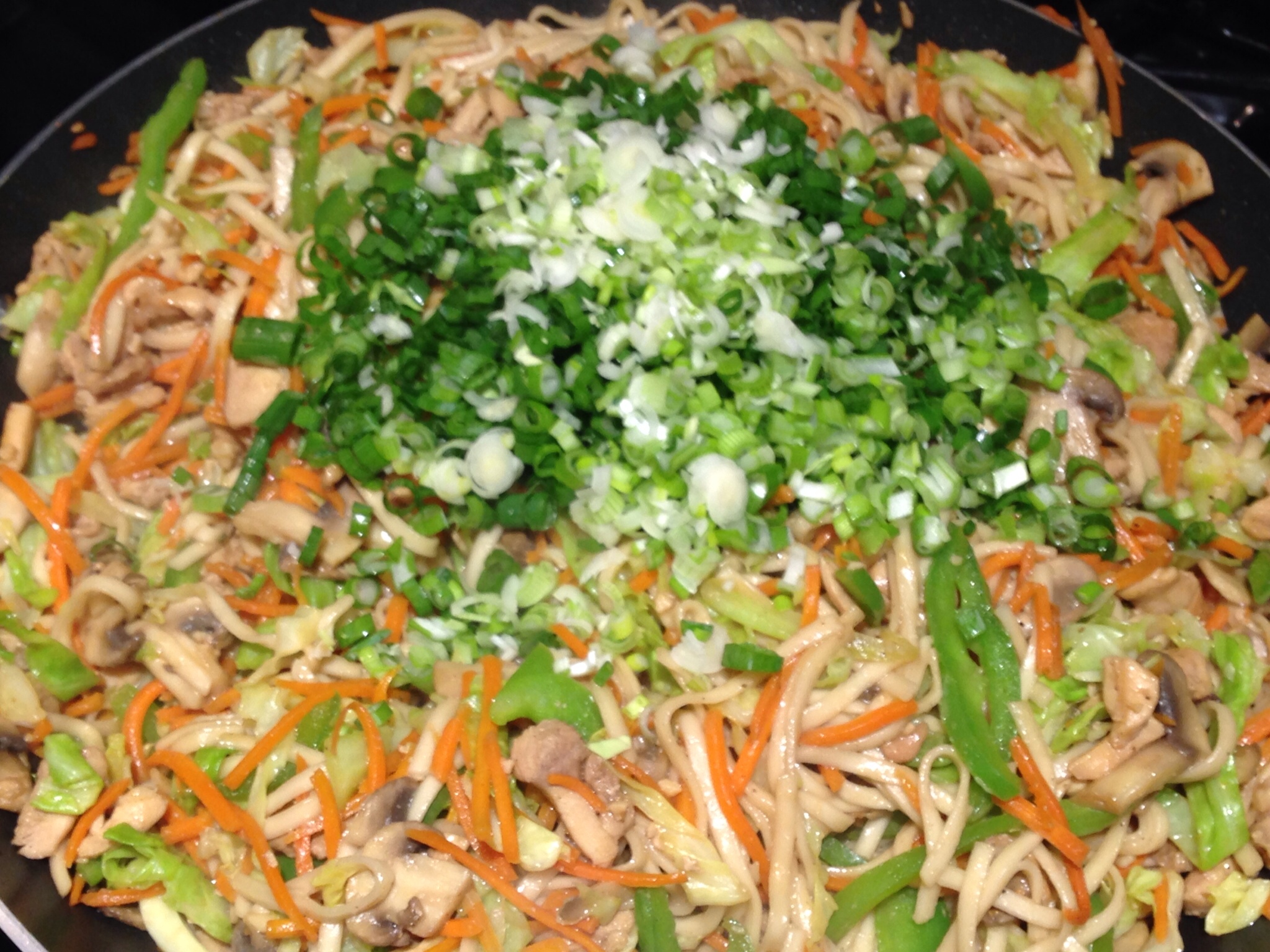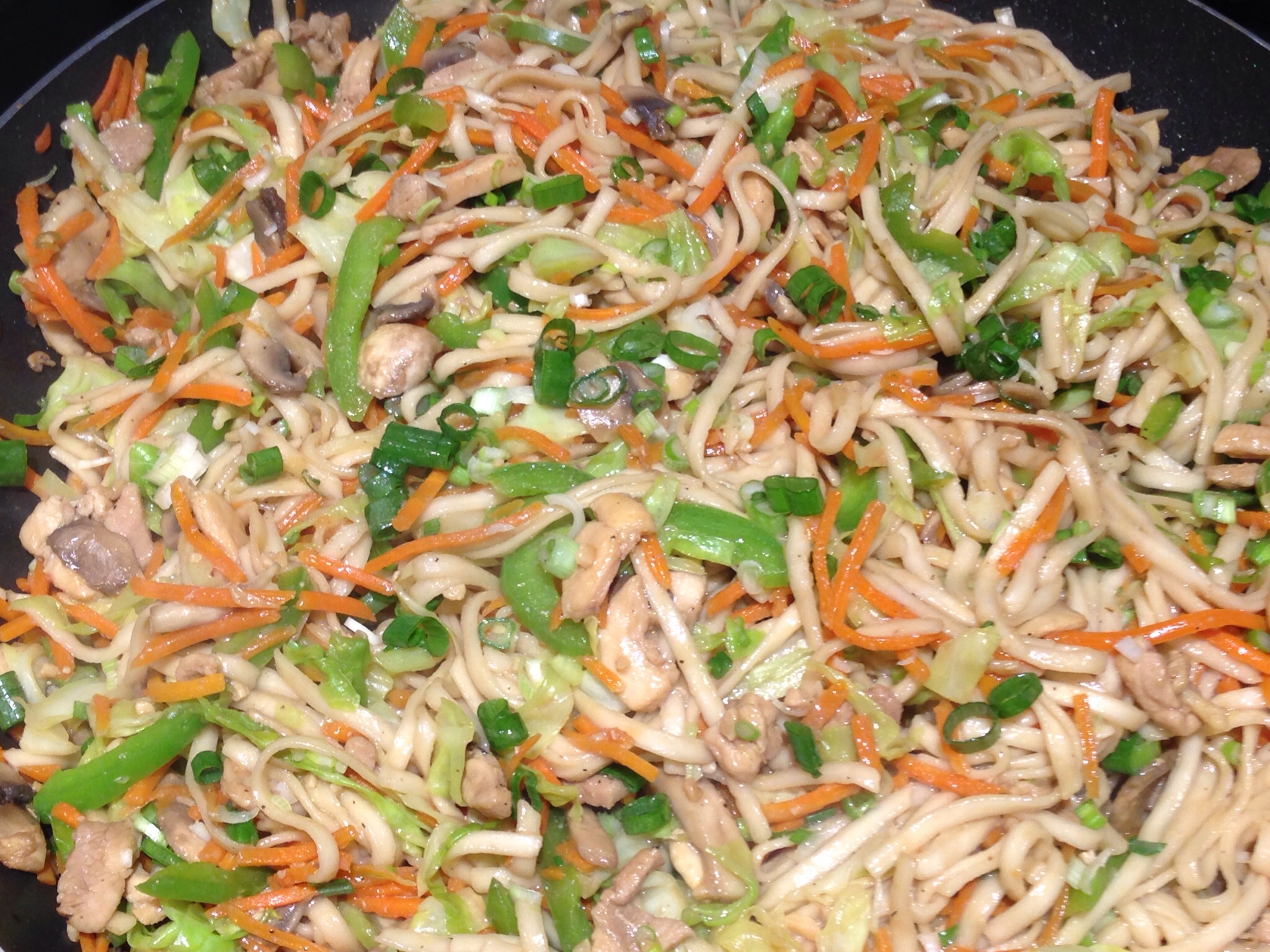Phở is a Vietnamese noodle soup made with an intensely flavorful broth poured over flat rice noodles and garnished with thinly sliced meat. A friend once told me that what I just described is considered the “northern Vietnamese Phở” whereas the “southern Vietnamese” version adds aromatic herbs. I like the southern version myself. The more vegetables and herbs, the better. 🙂
Phở also varies with the types of condiments, vegetables and noodles used. Most Vietnamese restaurants serve phở with a side of bean sprouts, Thai basil (not the sweet basil commonly added to pasta sauces), cilantro or coriander leaves, and various hot chili peppers. You might see a squeeze bottle filled with hoisin sauce, or get a small bowl of fish sauce served alongside your phở. Hot pepper sauce in lieu of fresh hot peppers is also an option. As for the varieties of noodles used, rice is most common, but you can use potato noodles as well.
I’ve also had phở a little more on the sweet side, and other restaurants I’ve been to serve their phở less sweet or not sweet at all. My preference is to omit the sugar. I like a savory and aromatic broth, not a sweet one.
You can use beef or chicken in your phở. Your choice of meat will determine your choice of broth. My family likes beef phở so I use beef broth. Chicken phở, logically, uses chicken broth.
Speaking of broth, I think this is what determines a GOOD Phở from an average or so-so one. You can serve as many different herbs and vegetables as you like with the broth, but if the broth is flavorless, you might as well call your concoction a tea, or water infused with herbs. As your broth cooks, get a whiff of it — if the aroma doesn’t make you want to dunk your face into the pot, then you need to add some spice to it.
You can find my complete recipe at the bottom of this post. Give it a try. I think you’ll like it. 🙂
These are the ingredients I like to use.
If you have the time, homemade beef broth from scratch is always best, but you can use good quality ready-made broth. To save time, I use 100% natural, low sodium broth. If you want a less concentrated broth, you can use 1/2 broth and 1/2 water, but you may need to add some salt. Just make sure you have enough liquid as called for in my recipe below.

Fish sauce goes into the broth, but a little goes a long way. You only need a couple of tablespoons of this pungent but flavorful sauce. Don’t omit it…while you can’t really tell it’s in the broth, you CAN tell that something is missing from it if you don’t add it. I recommend using Three Crabs Brand fish sauce. It’s not as pungent as most other brands.

Look in the Hispanic foods section of your grocery store for a small package of cilantro cubes. It will most likely be next to other bouillon-type seasonings. I add fresh cilantro leaves to the finished dish, but adding cilantro seasoning to the broth gives it a greater depth of flavor.
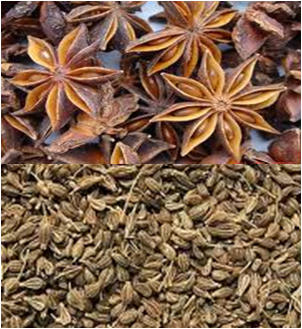
I also use anise seed to flavor my broth. You can find it in the spice section of your grocery store. If you have some star anise already on hand, you can use that instead of anise seed, but you’ll need 3 whole star anise to every tablespoon of anise seed for my recipe. If these ingredients are new to you, star anise and anise seeds are two very different spices. Anise is an herb in the parsley family and produces small seeds with a strong, licorice-like flavor. Star anise is the star-shaped fruit of a tree that’s a member of the magnolia family. The two spices contain the same flavor compound, a substance called anethole, but whole star anise is a bit more bitter in my opinion.
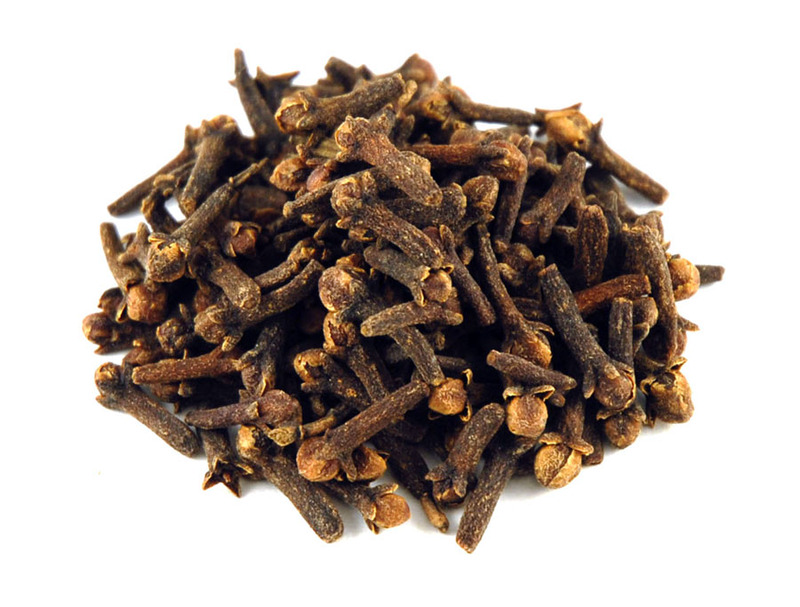 Whole cloves go into the broth, and like the other ingredients I described above, this packs quite a flavor punch. You only need a few — I use about 6 in my recipe. If you’re not familiar with whole cloves, you might recognize it as those tiny wood-like spikes studding a baked ham. See the picture on the right for what it looks like. You can find it in the spice section of your grocery store.
Whole cloves go into the broth, and like the other ingredients I described above, this packs quite a flavor punch. You only need a few — I use about 6 in my recipe. If you’re not familiar with whole cloves, you might recognize it as those tiny wood-like spikes studding a baked ham. See the picture on the right for what it looks like. You can find it in the spice section of your grocery store.
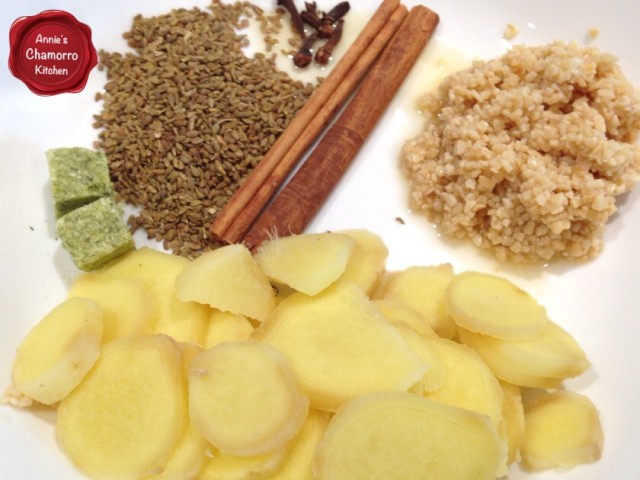
You’ll need a few more aromatic and savory ingredients to flavor the broth. Into the pot goes some whole cinnamon sticks, chopped garlic (lots of it), and fresh ginger.
Pictured on the left (clockwise from the top) are Whole cloves, cinnamon sticks, garlic, ginger, cilantro cubes, and anise seeds.

At the local Asian market where I live, there are several different brands and types of dried noodles. Look for the package that says “Bánh Phở”. This is the brand I buy (see the photo on the right). The noodles are in little bundles within the package. I cook about half the package for my family of four, estimating about two bundles per person (my husband, who usually orders a LARGE bowl of phở at Vietnamese restaurants, gets three bundles).
Now let’s get down to the business of making Phở.
First, you’ll need to get the broth going. Place the broth (or broth-water mixture) in a large soup pot.

Add the fish sauce and the rest of the herbs and aromatics (cloves, cinnamon sticks, garlic, ginger, cilantro cubes and onions). Cover the pot and turn the heat to medium-high. Bring this to a rolling boil. Most of the herbs will sink to the bottom of the pot as the broth cooks. If you have a small cheesecloth, you can place all of the aromatics in it, creating a sachet d’espice. Or, just before serving, pour the broth through a strainer and into a large bowl, discard the aromatics then return the broth to the pot. Bring the broth to a boil again before serving. I actually don’t bother straining this out. You can safely eat the cooked onions and any anise seeds that find their way into your bowl. However, I recommend discarding any cloves, cinnamon and large pieces of ginger that accidentally get poured into your bowl.

While the broth is happily cooking, prepare the vegetables. Rinse the leafy greens and bean sprouts. Slice the onions and peppers. Arrange everything on a large platter.

Slice the limes into wedges. That’s hoisin sauce in the little bowl. My youngest daughter and husband like stirring some hoisin sauce into their broth. My oldest daughter and I prefer it without.

Slice the beef as thinly as you can. It’s easier to create thin slices when the meat is still partially frozen. I like using flank steak, but you can use any cut of lean beef. The reason for slicing the beef as thin as possible is because it’s cooked only when you pour the boiling broth over it. If you prefer to cook the beef instead of adding it raw, it’s simple — just add the sliced beef to the pot of boiling broth.

Once the vegetables and meat are prepped, it’s time to get the noodles going.
Set a medium pot filled 3/4 full with water to boil.
Fill a large bowl with hot water. Add the dry noodles to the bowl. Let the noodles soak in the hot water for about 5 minutes, or until pliable.

As soon as the pot of water comes to a boil, and once the noodles are soft and pliable, you’ll need to cook the noodles. Place some of the noodles in a metal colander or strainer. Use a strainer that can fit easily into your pot of boiling water. You’re going to submerge the strainer — noodles and all — into the hot water. Do not dump the noodles into the pot. The reason for using the strainer is so that you can easily lift the noodles out of the pot.

Keep the noodles submerged in the boiling water for about a minute. The noodles don’t take long to cook. Lift the strainer out of the pot, allowing the water to drain out.

Place the drained noodles into your serving bowl.

Add some sliced beef to the bowl.

Pour the boiling-hot broth over the meat and noodles.

It’s important to keep the broth at a rolling boil right up until you’re ready to serve. The hot liquid cooks the raw meat. If you’re cooking the beef in the broth, just be sure to scoop out some meat and pour it into the bowl along with the broth.

Add some of the sliced onion to the bowl. The hot broth will begin to cook this too.

Now you can add the rest of your vegetables. I like adding a couple of handfuls of bean sprouts to my bowl.

Add some cilantro leaves and Thai basil, tearing up large leaves into small pieces. Add sliced peppers if you like your soup spicy. My husband adds a Chamorro twist to this by stirring in lots of Tabasco sauce AND donne’ dinanche. 🙂

Squeeze some lime juice over the top, and add some hoisin sauce too if you’d like.

Serve and ENJOY!
Easy Phở
Author: Annie @ Annie's Chamorro Kitchen
Recipe type: Soup
Cuisine: Vietnamese
- 3 quarts beef broth (4 quarts if you prefer more broth than noodles)
- 2 tablespoons fish sauce
- 1 tablespoon anise seeds
- 6 whole cloves
- 2 cinnamon sticks
- 2 tablespoons chopped garlic
- 6-inch piece of ginger, peeled and sliced
- 1 medium onion, cut into large pieces
- Salt and pepper, to taste
- ½ small onion, very thinly sliced
- 4 cups fresh bean sprouts
- 1 bunch cilantro, leaves only
- 1 bunch Thai basil, leaves only
- 2 limes
- ½ pound flank steak or other lean beef
- 8 small bundles dry phở noodles
- 1 jalapeño pepper, sliced
- 1 hot red chili pepper (Thai, Dragon, or other pepper), sliced
- Sriracha pepper sauce
- Hoisin sauce
- Place the broth in a large soup pot. Add the fish sauce, anise seed, cloves, cinnamon sticks, garlic, ginger and onion. Bring to a rolling boil.
- Rinse the bean sprouts, cilantro and Thai basil. Remove the thick, large stems from the cilantro and basil. Place the clean vegetables on a large serving platter along with the sliced onion and peppers.
- Slice the limes into thin wedges. Place on the serving platter.
- Slice the beef as thin as you can. It's easier to slice partially frozen meat then when it's thawed out completely. Place onto a separate serving dish.
- Fill a medium sized pot ¾ full of water; bring to a boil. Meanwhile, soak the dry noodles in a bowl of hot water. Once the noodles are pliable, place in a metal strainer, one that can fit into the pot with boiling water, and one that can be removed easily. Dip the metal strainer (with the noodles) into the boiling water. Let the noodles cook for a minute then lift the strainer from the pot and allow the water to drain. Place the noodles into your serving bowl.
- Place the beef slices on top of the noodles. Pour the hot broth over the meat; the boiling hot broth will cook the raw meat. If you prefer not to use raw meat, you can add the slices of beef to the pot of hot broth to cook it.
- Add the thinly sliced onion next, then add the bean sprouts, cilantro and Thai basil.
- Add sliced peppers and pepper sauce if you like your soup spicy.
- Drizzle some hoisin sauce over the top if you want your broth a bit more salty.
- Enjoy!
3.2.2708


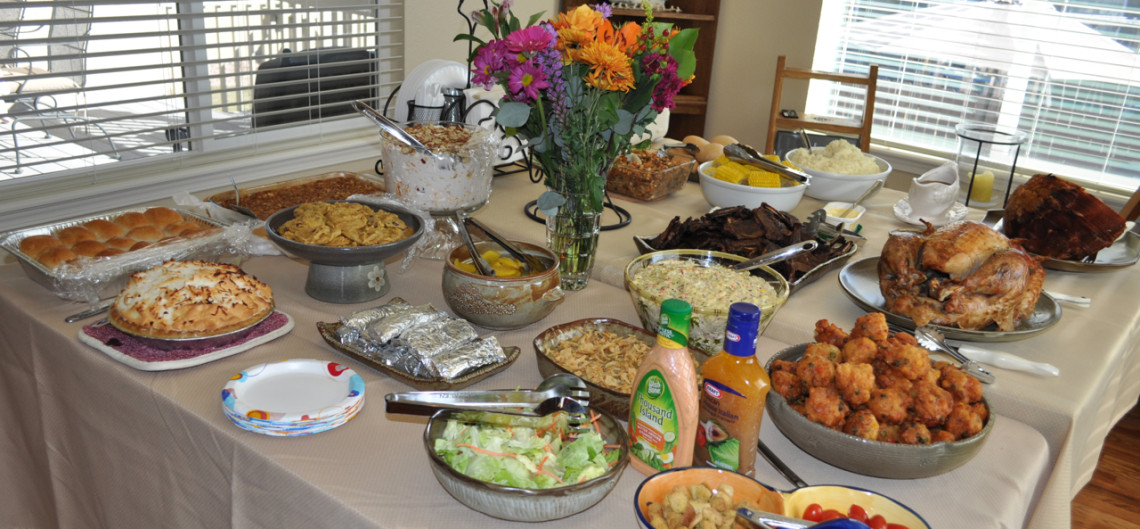












 Whole cloves go into the broth, and like the other ingredients I described above, this packs quite a flavor punch. You only need a few — I use about 6 in my recipe. If you’re not familiar with whole cloves, you might recognize it as those tiny wood-like spikes studding a baked ham. See the picture on the right for what it looks like. You can find it in the spice section of your grocery store.
Whole cloves go into the broth, and like the other ingredients I described above, this packs quite a flavor punch. You only need a few — I use about 6 in my recipe. If you’re not familiar with whole cloves, you might recognize it as those tiny wood-like spikes studding a baked ham. See the picture on the right for what it looks like. You can find it in the spice section of your grocery store.



















